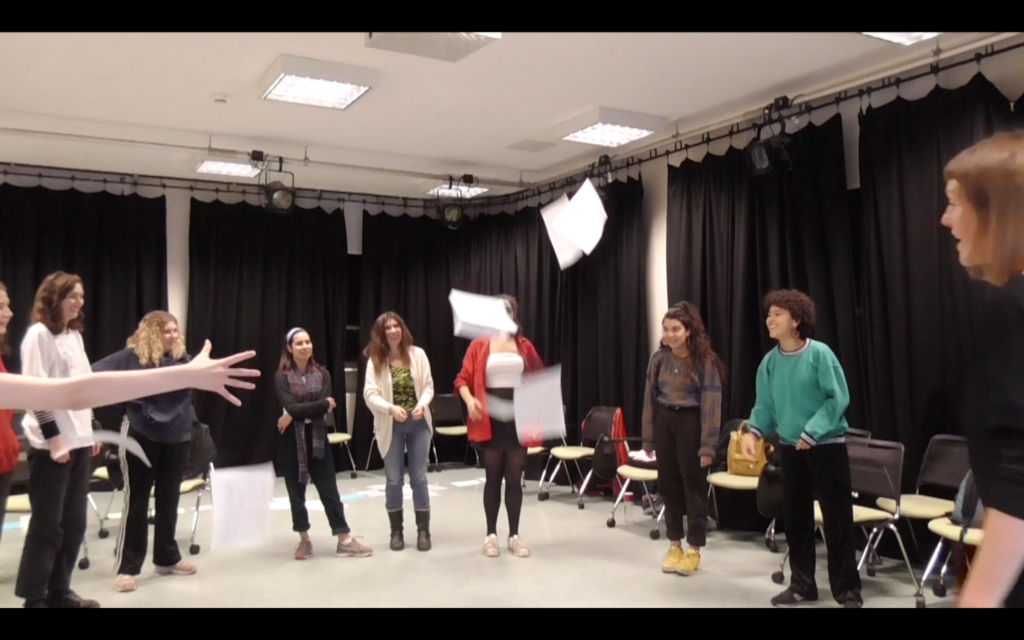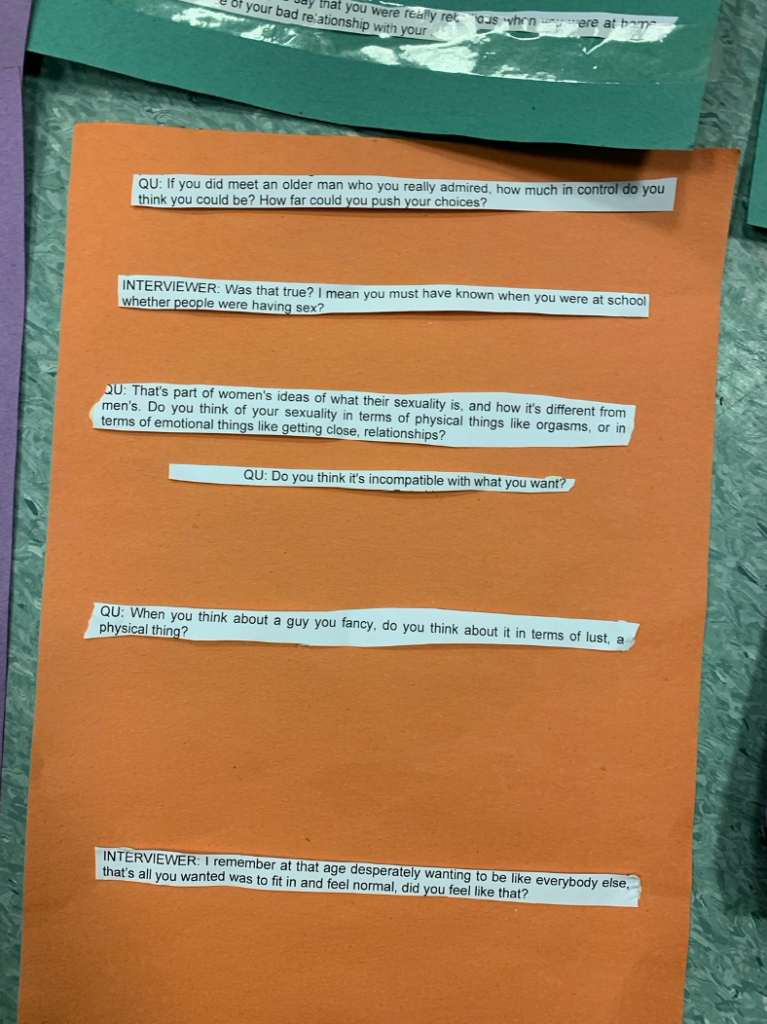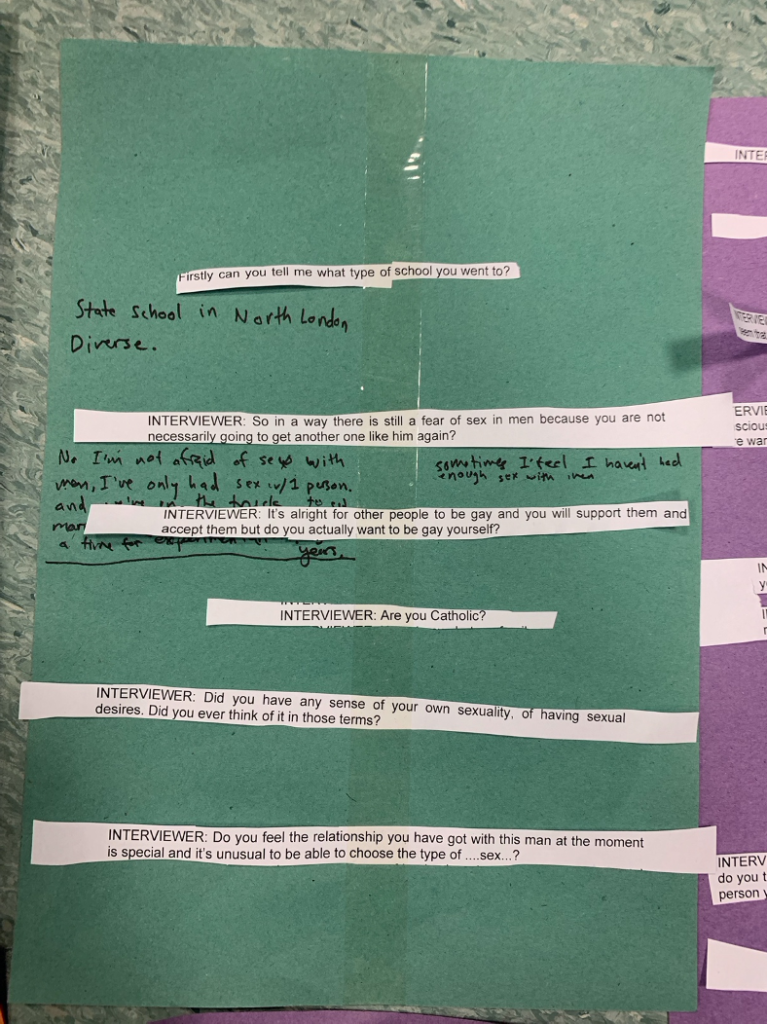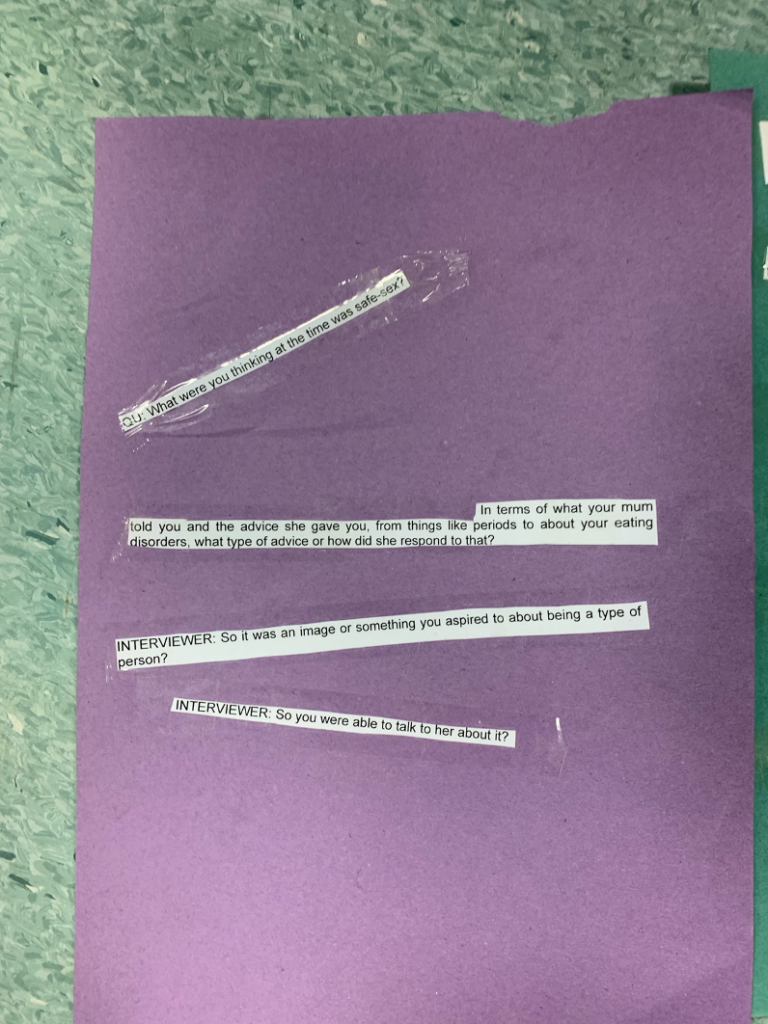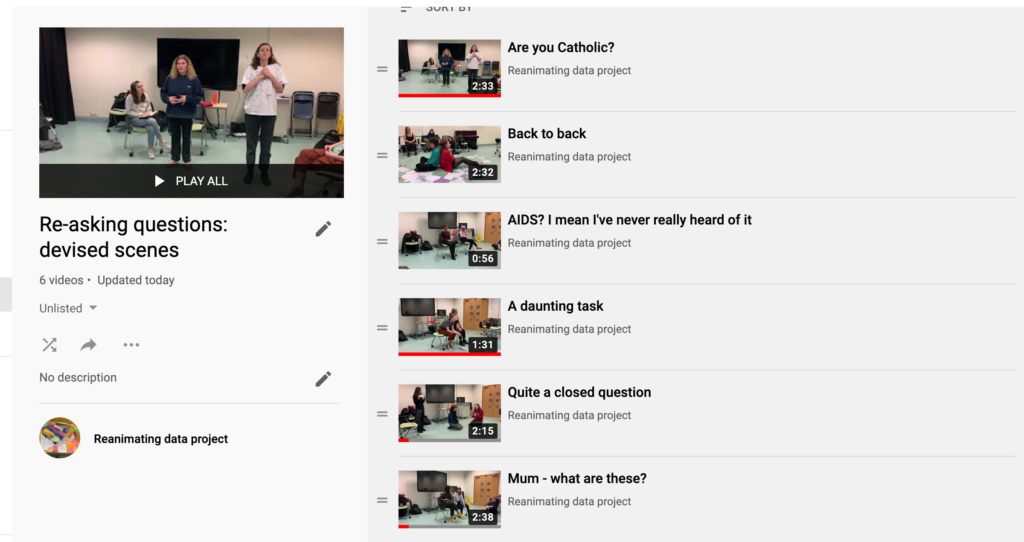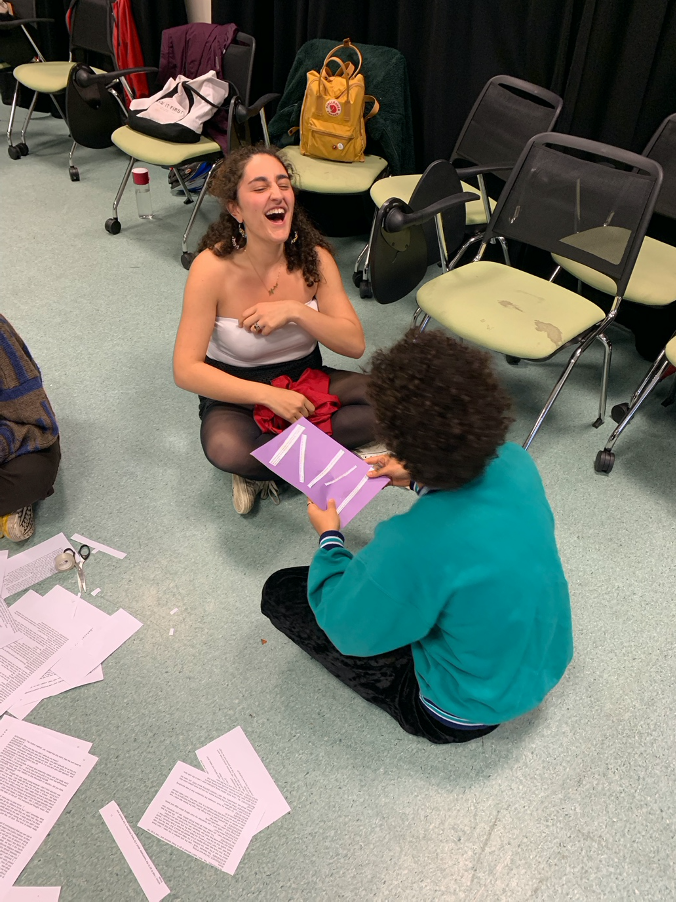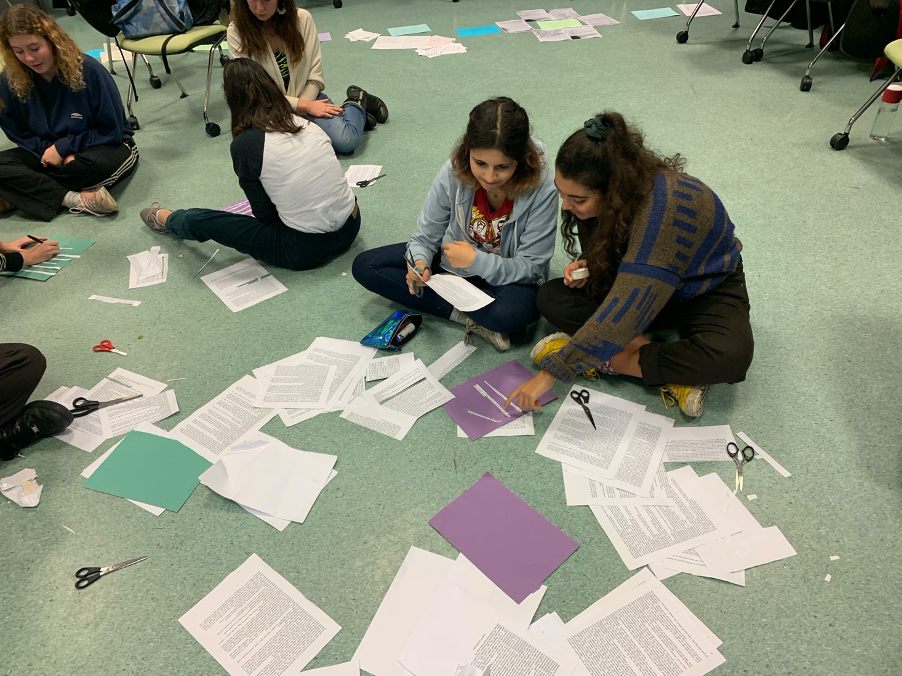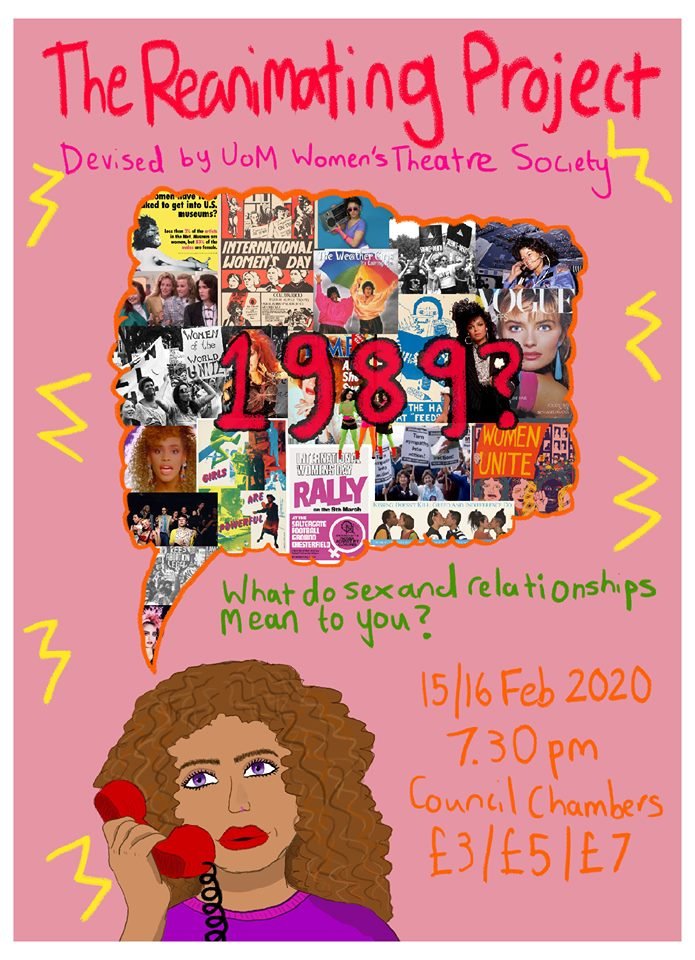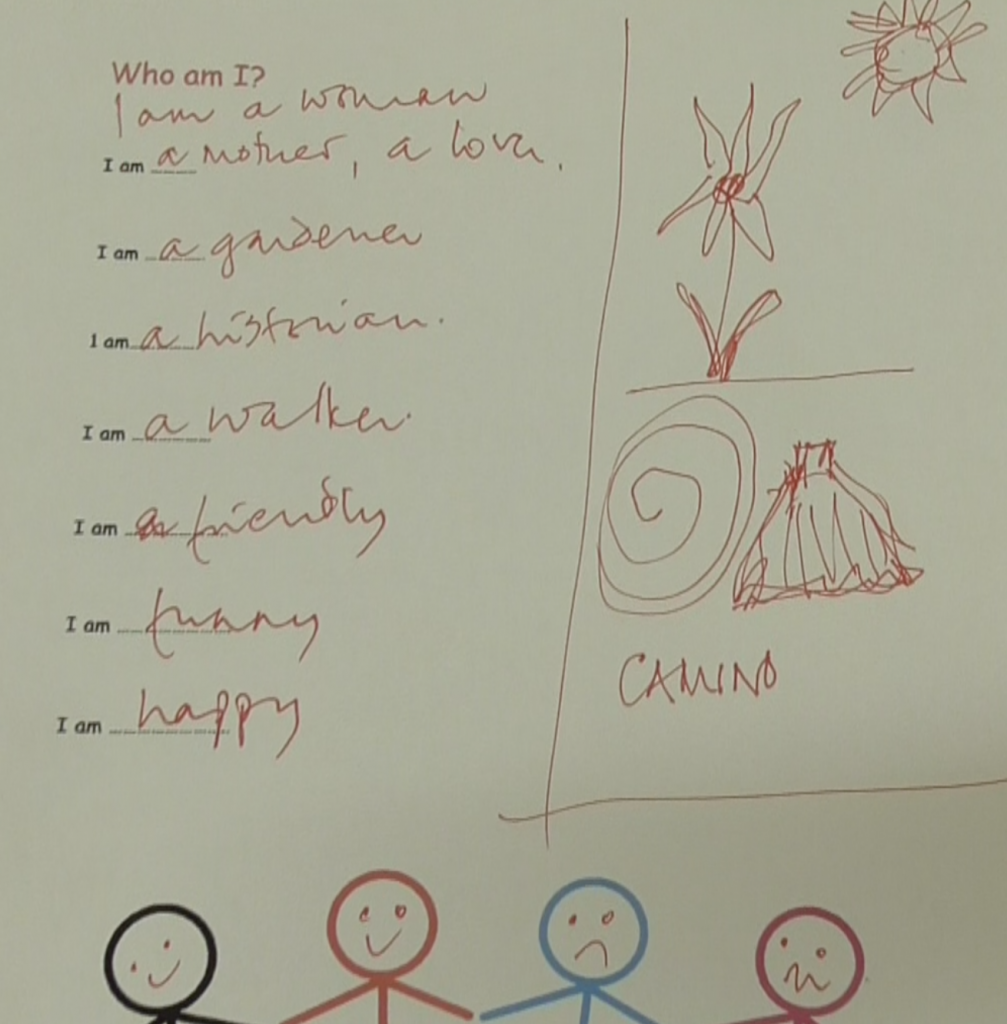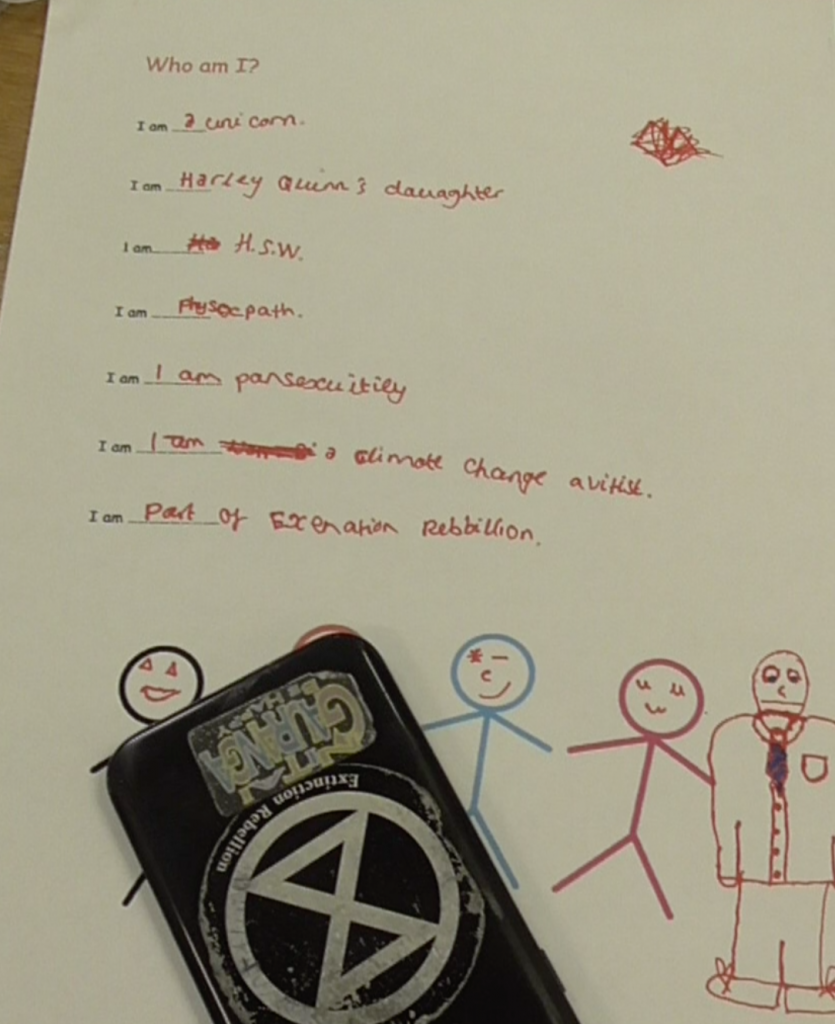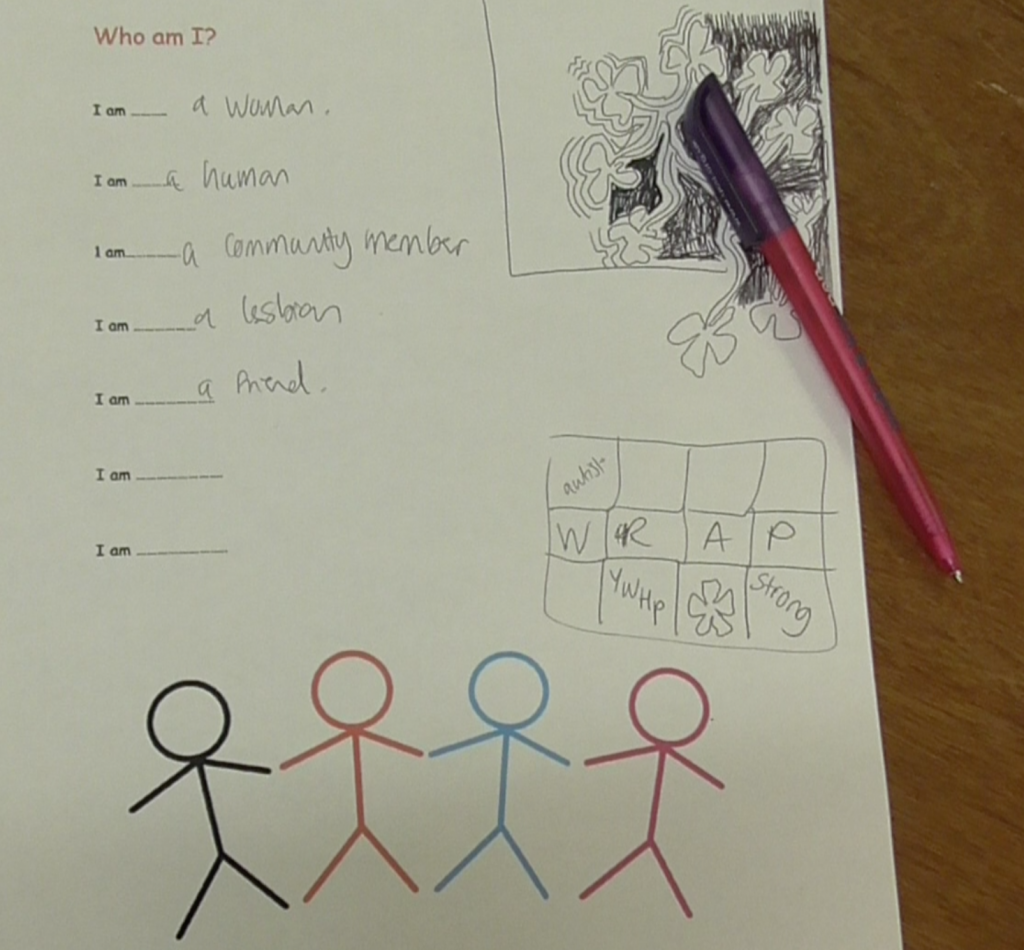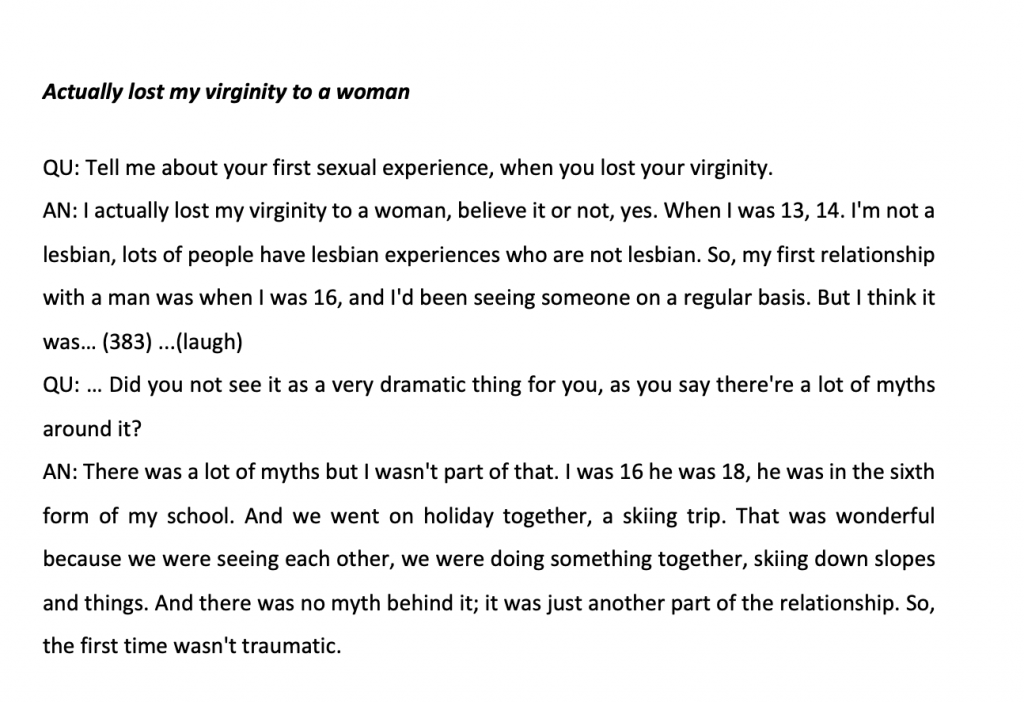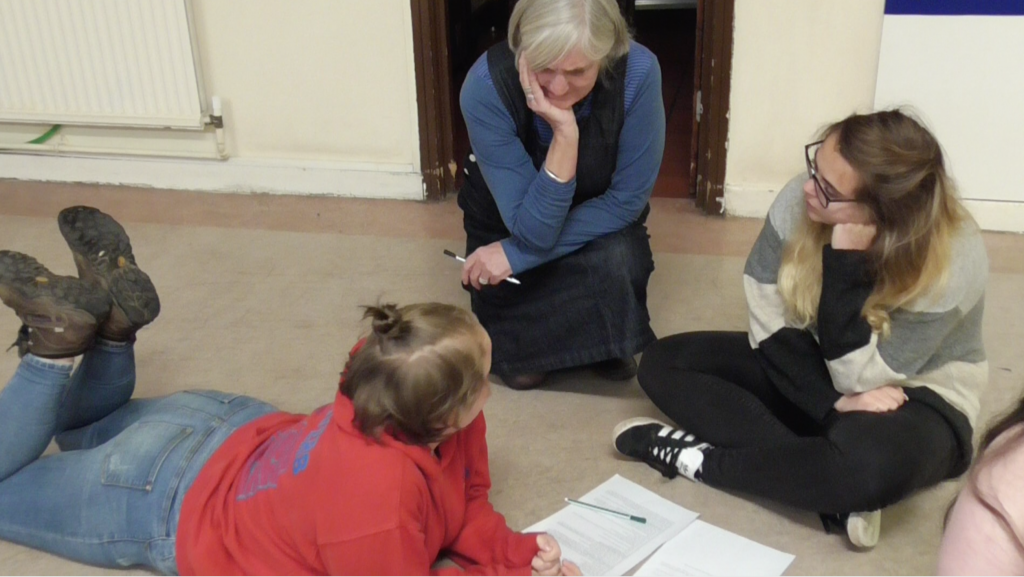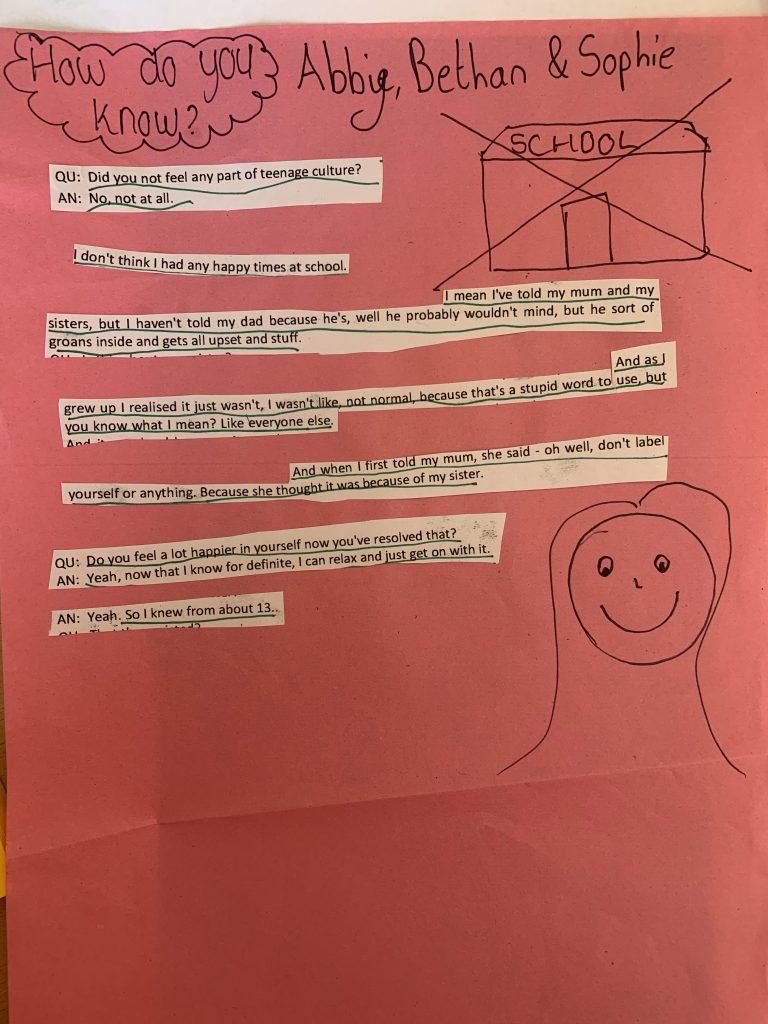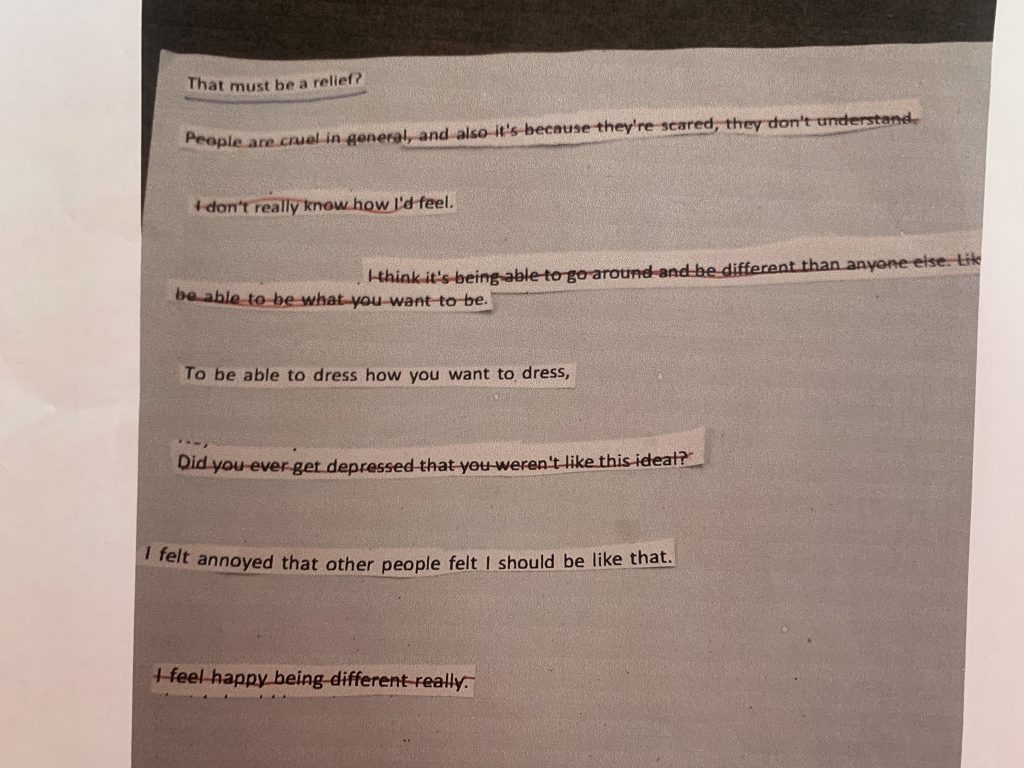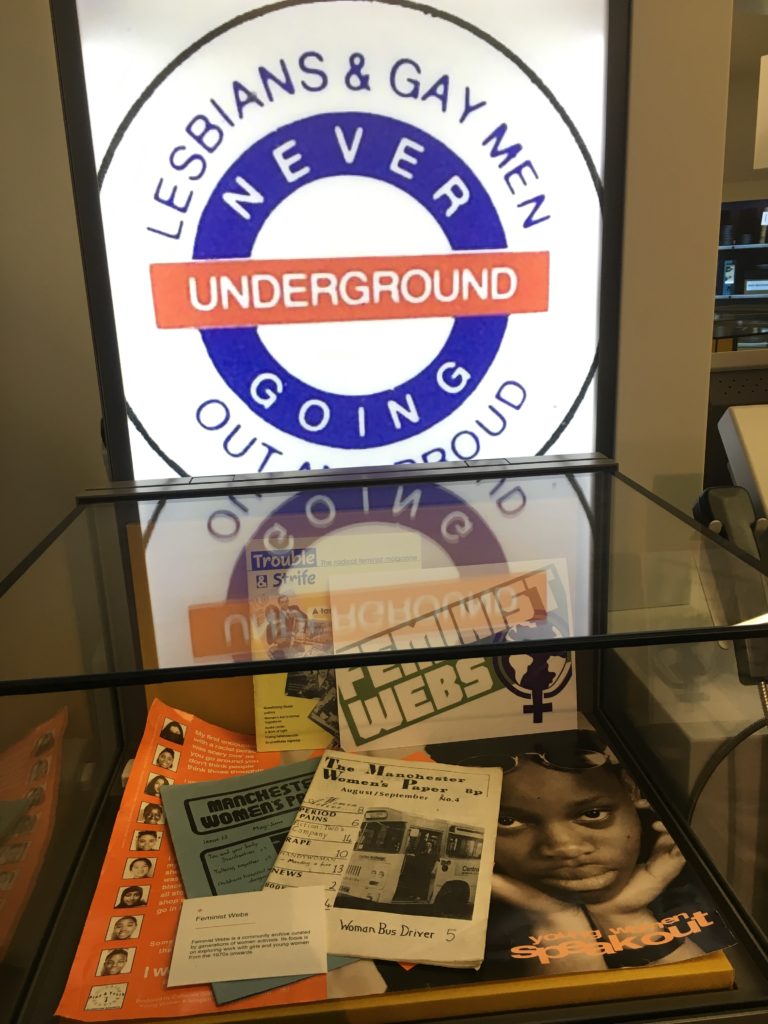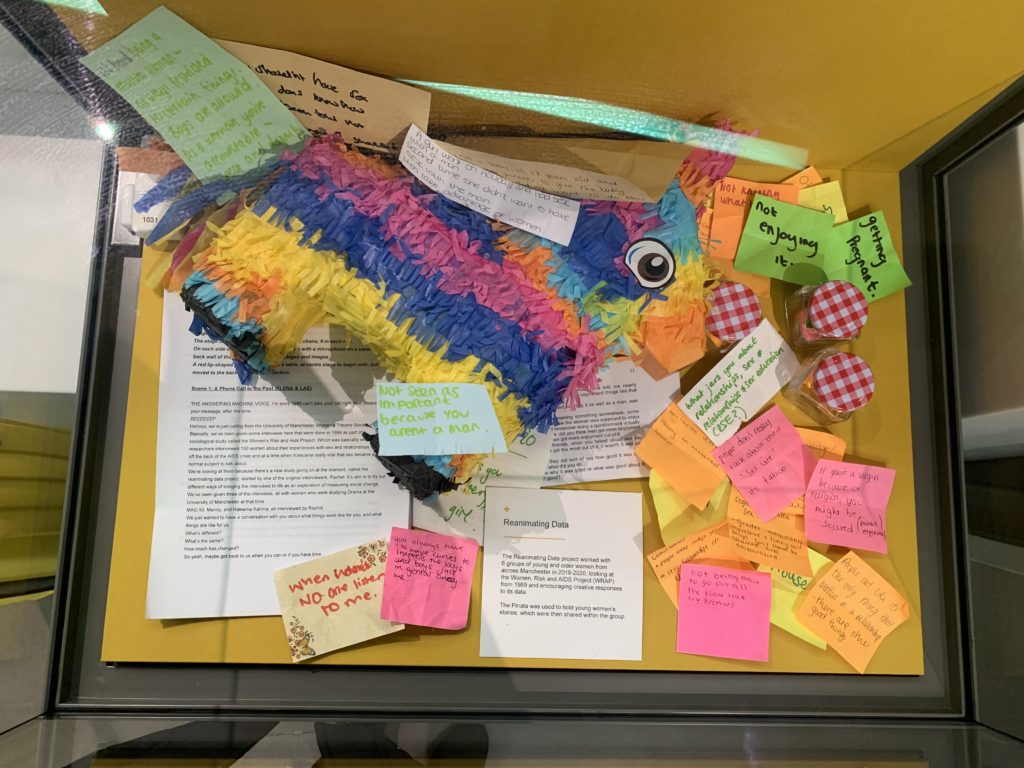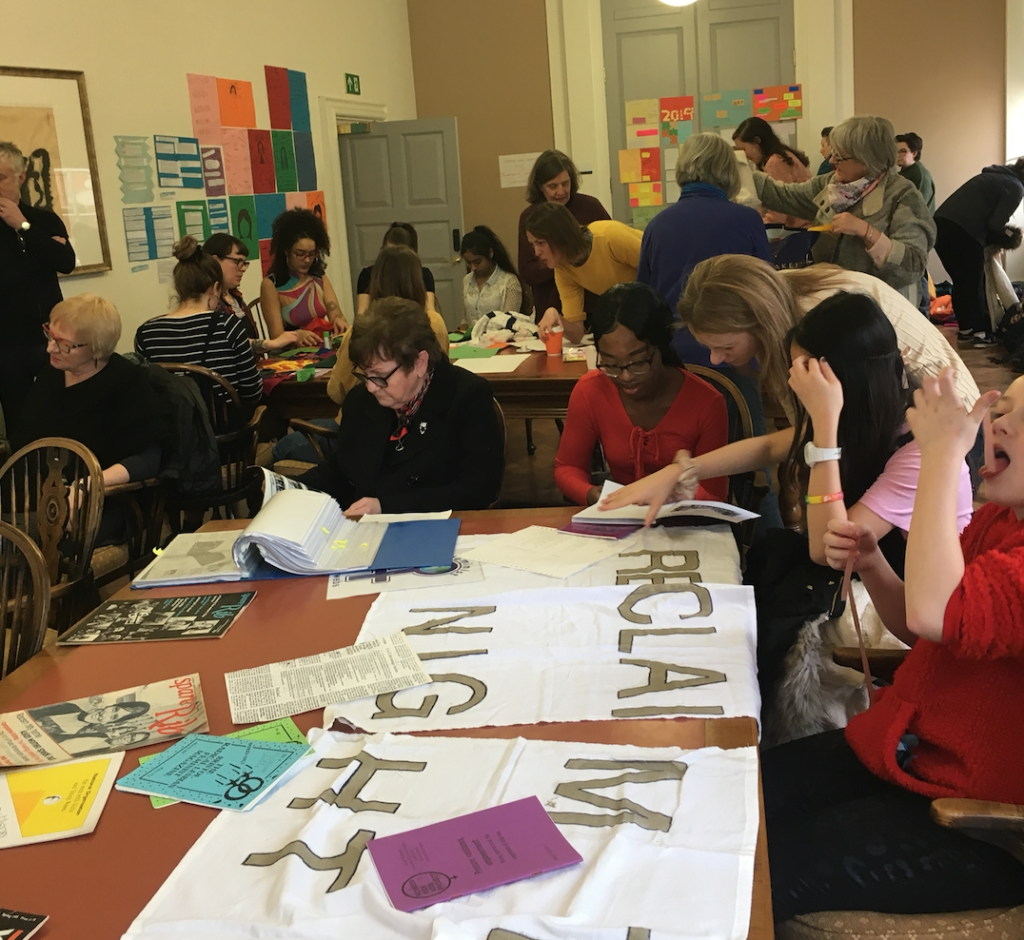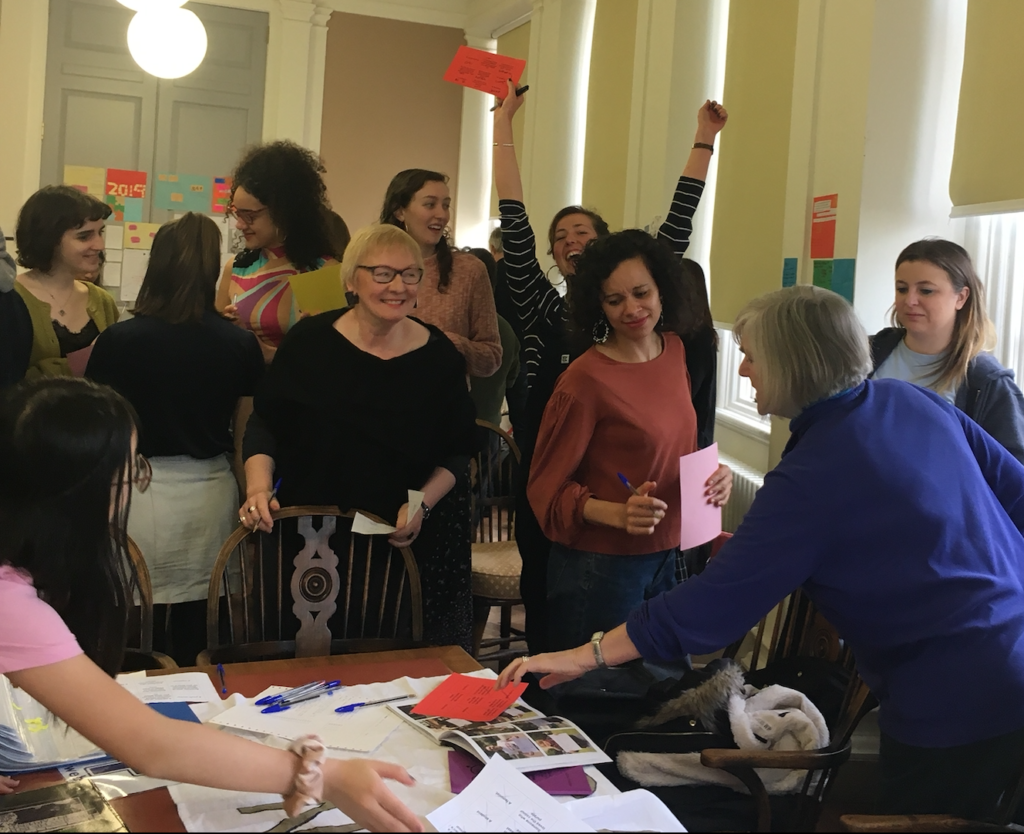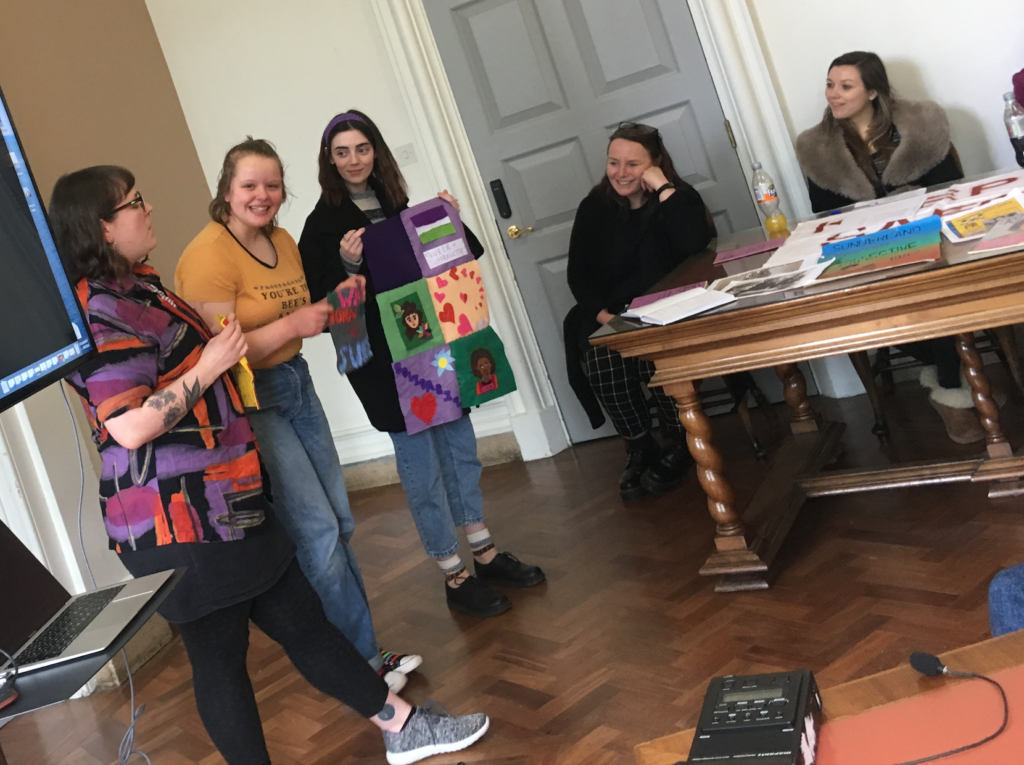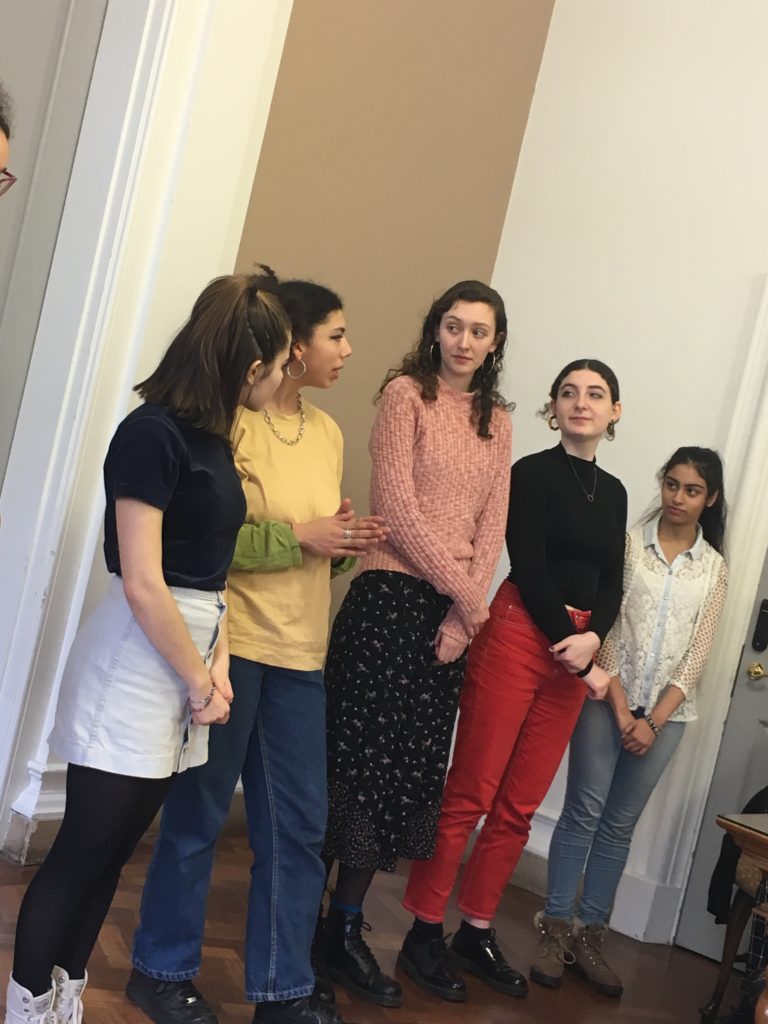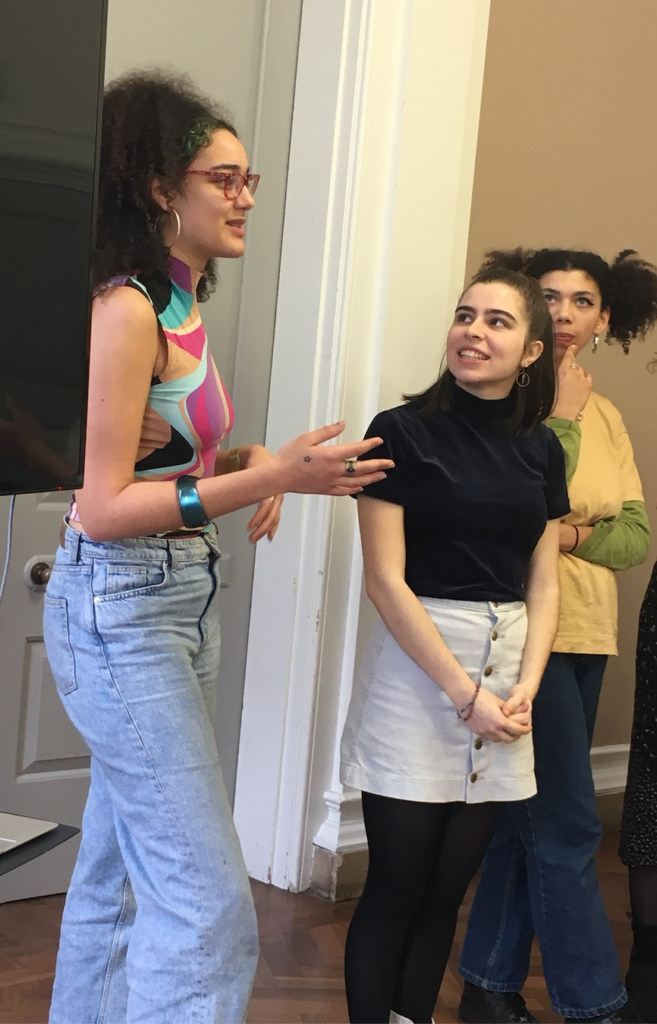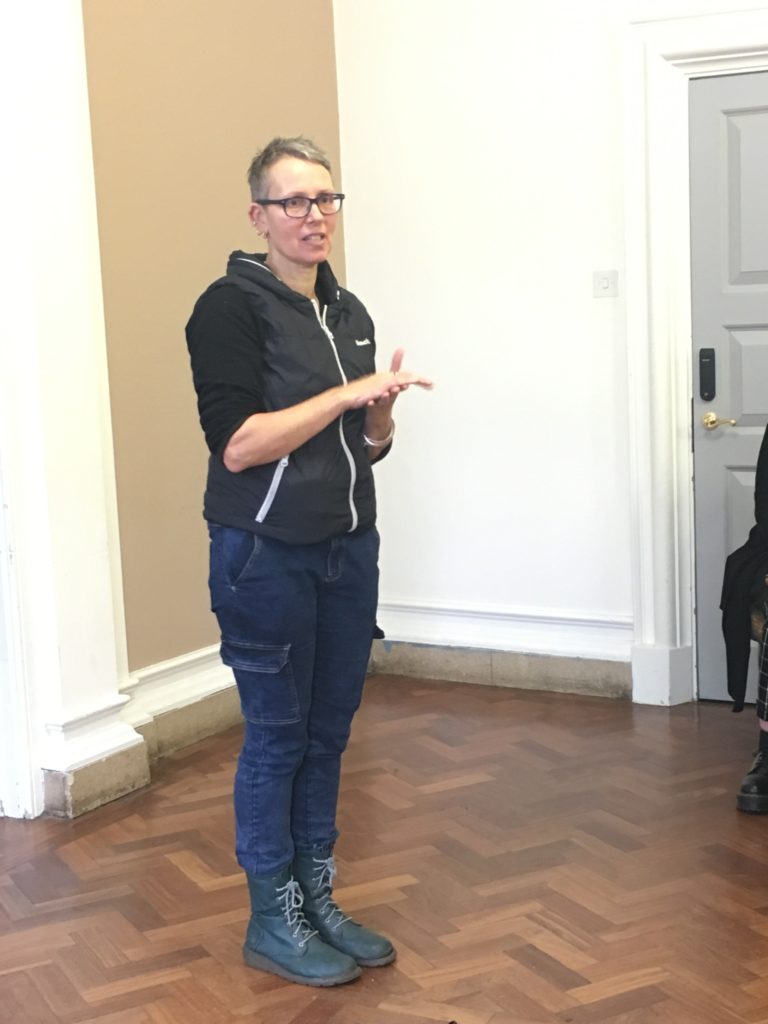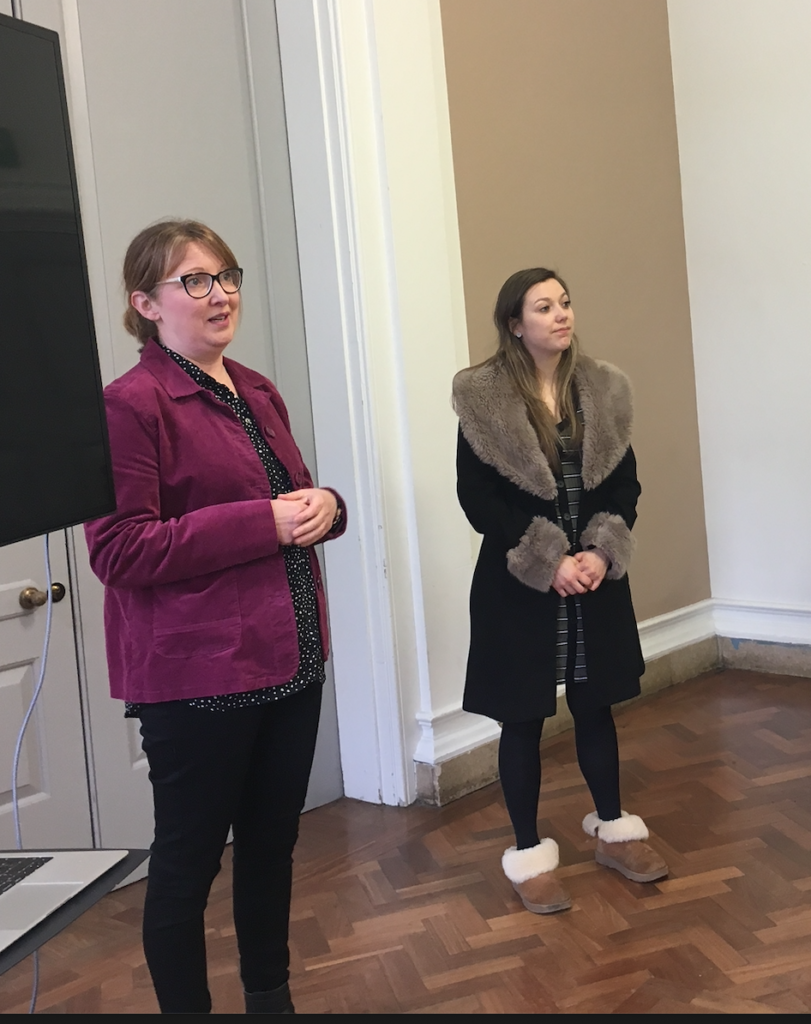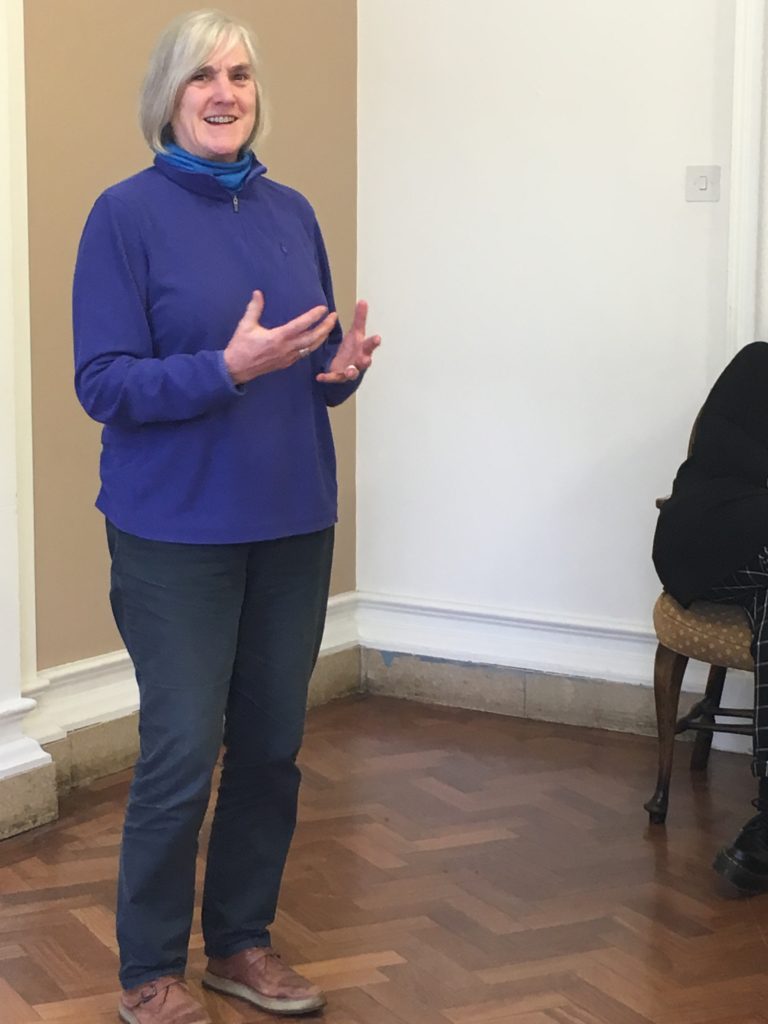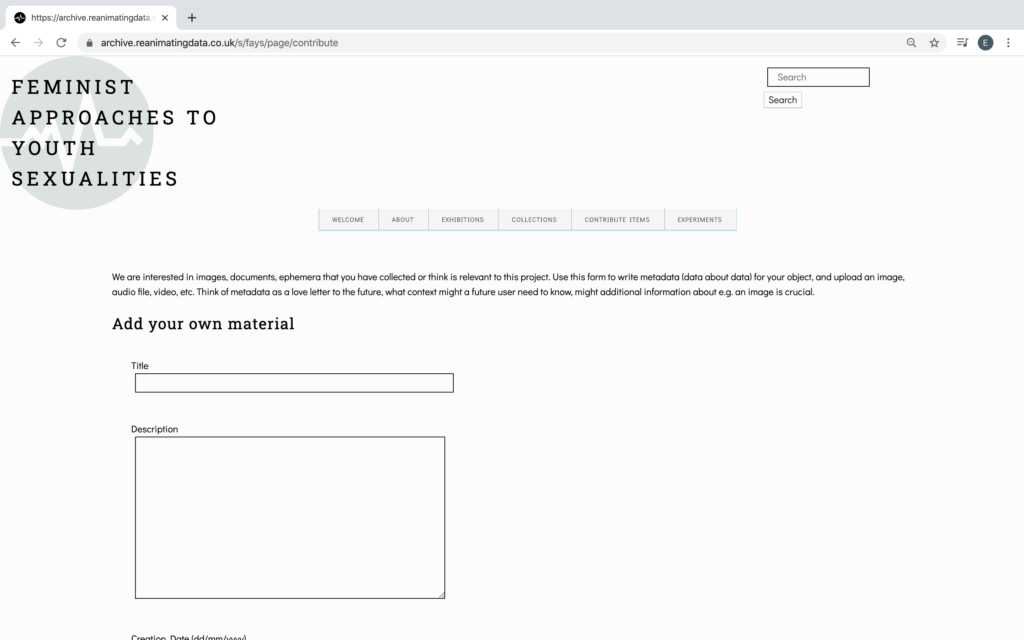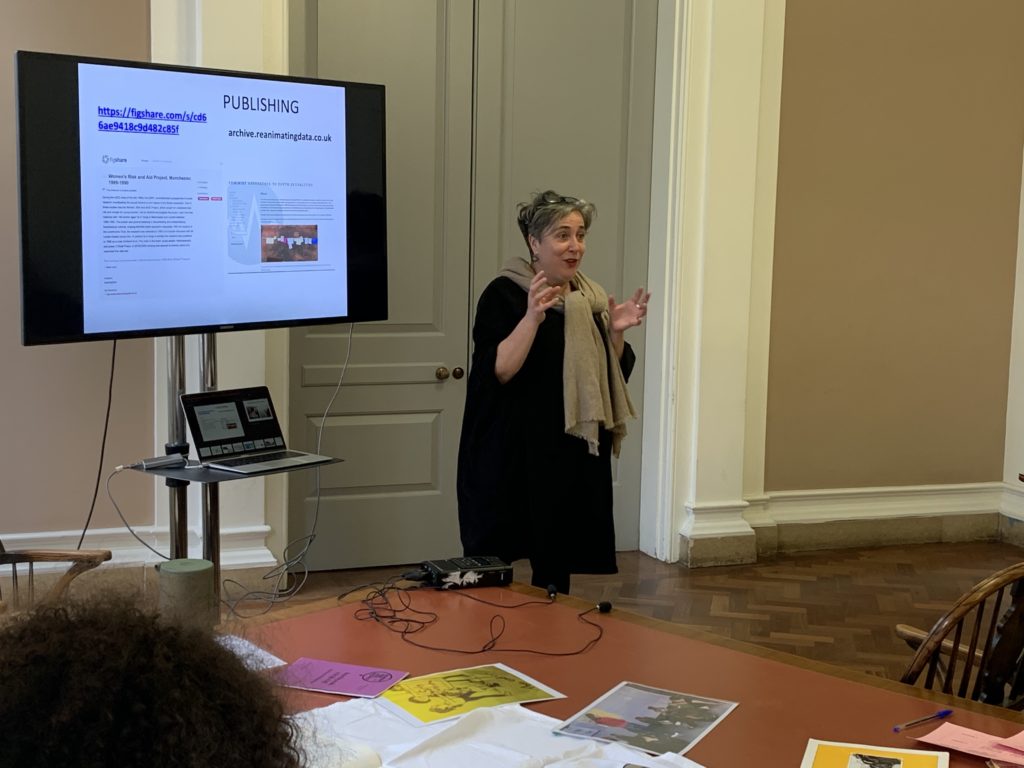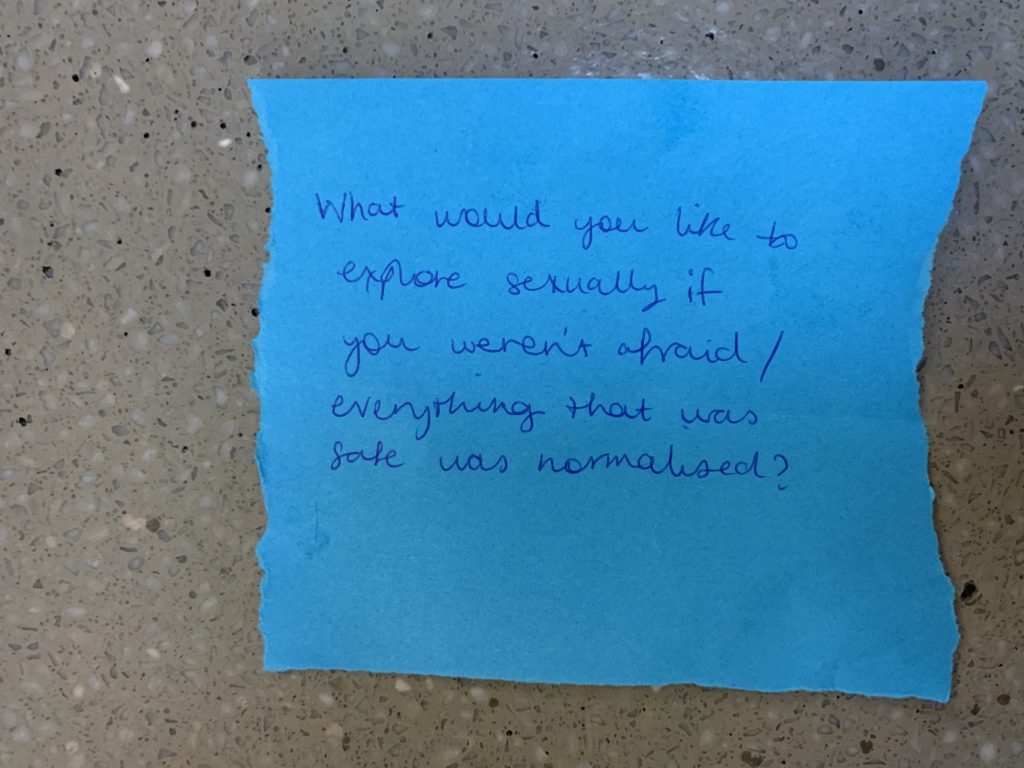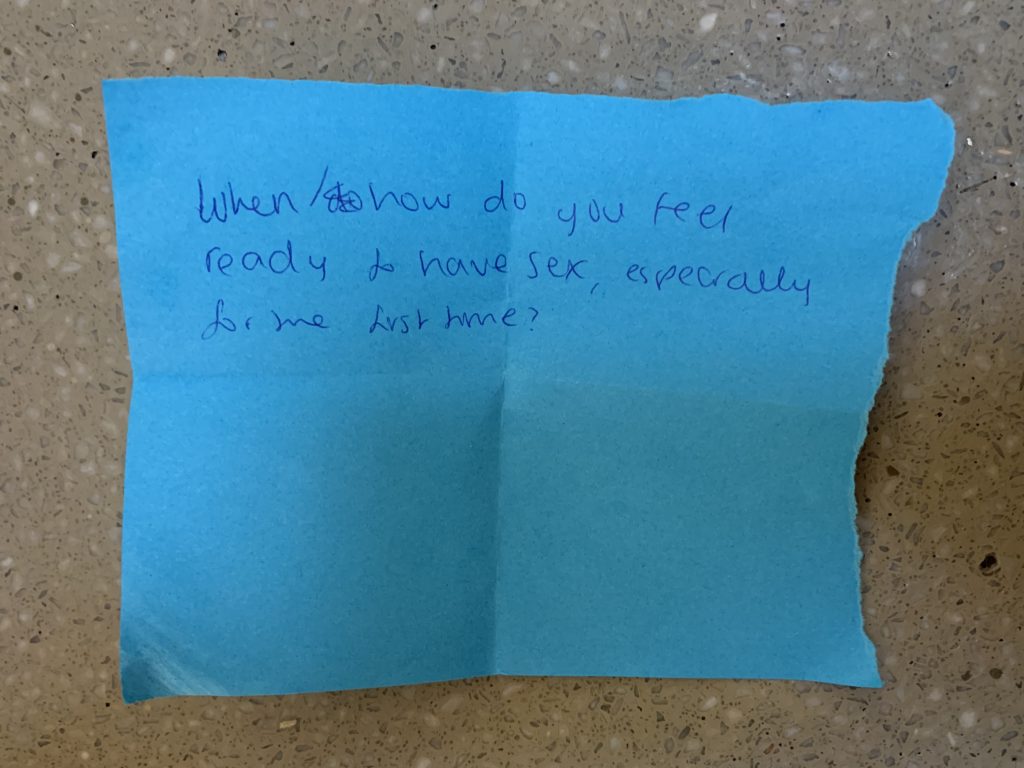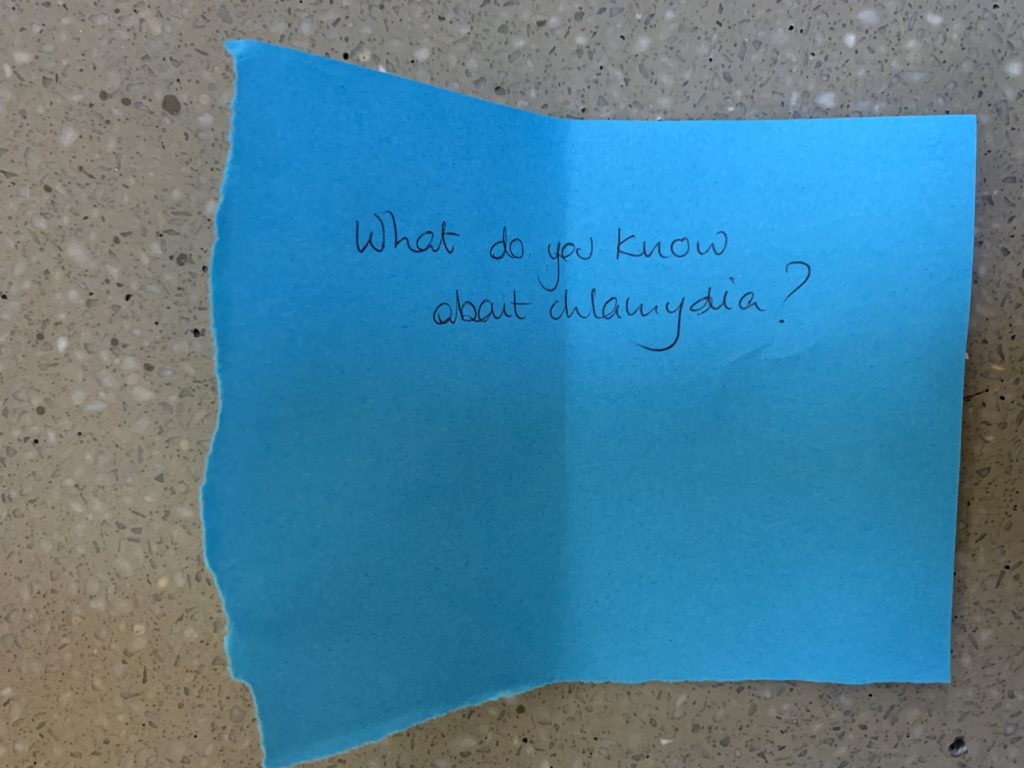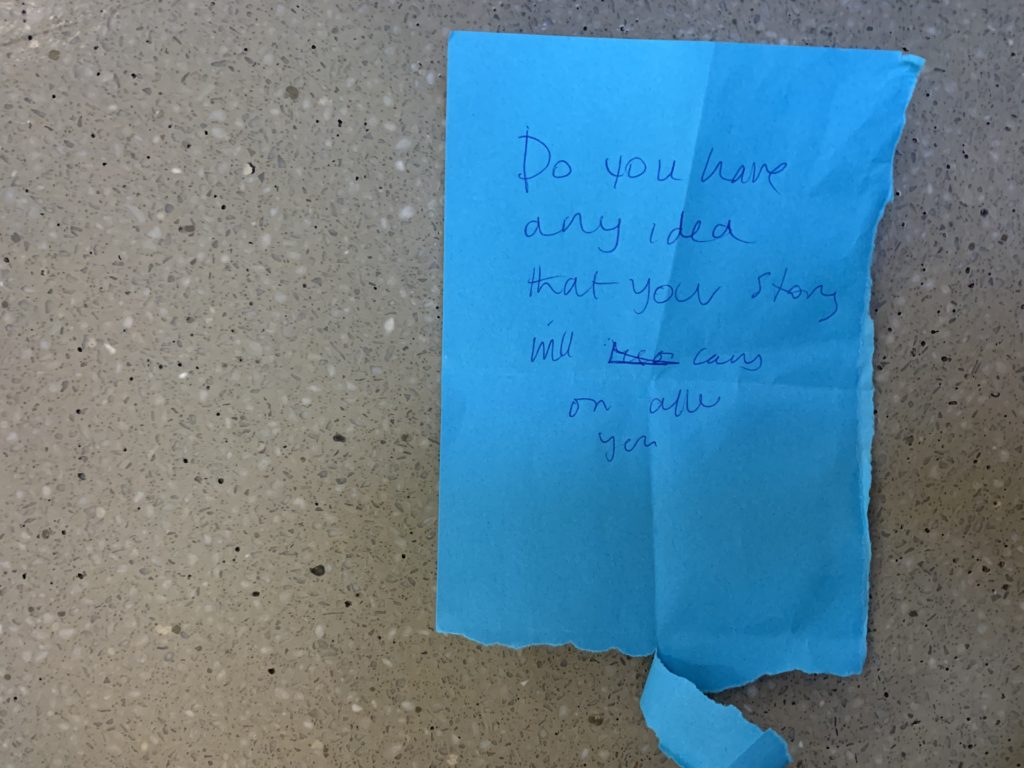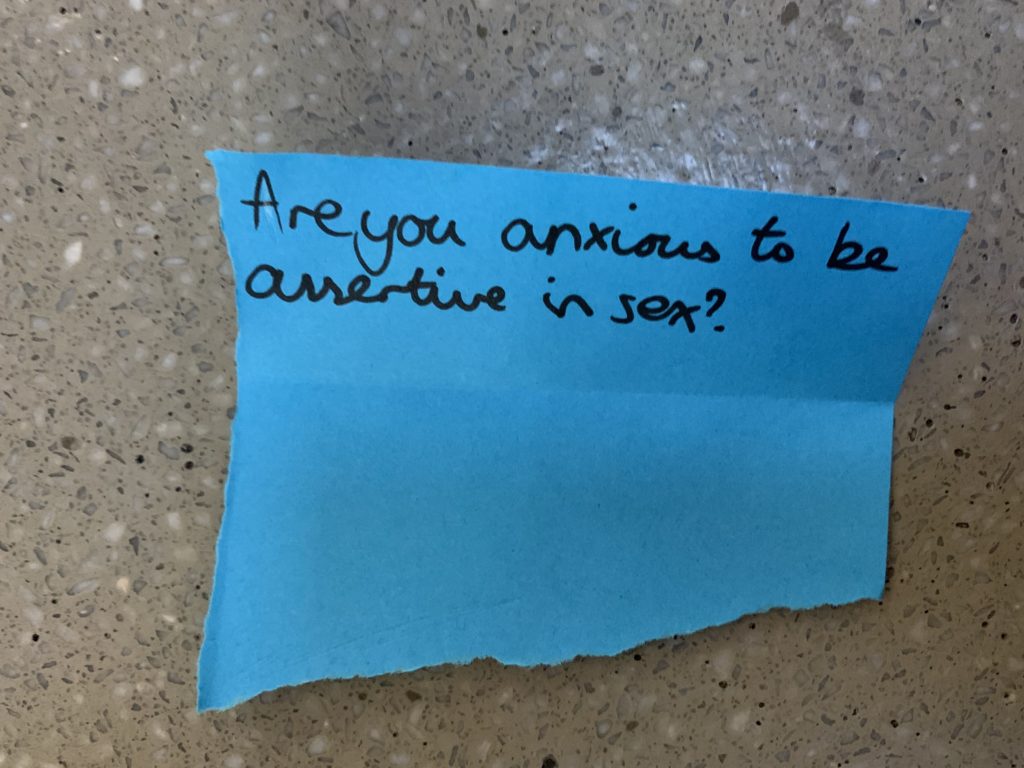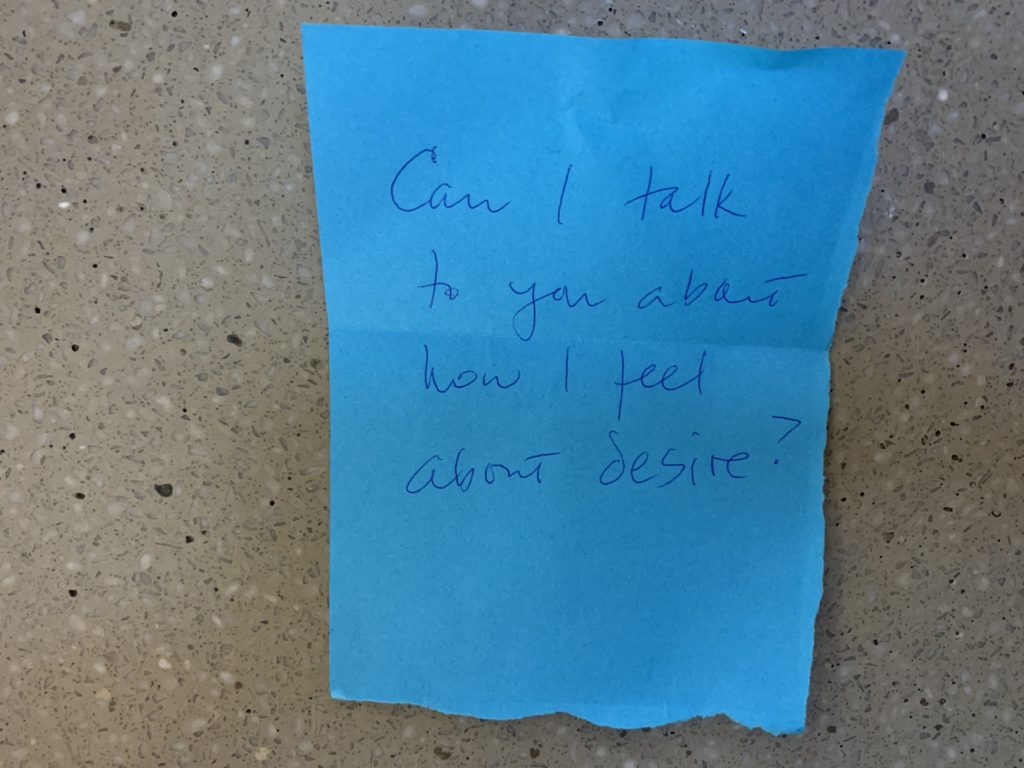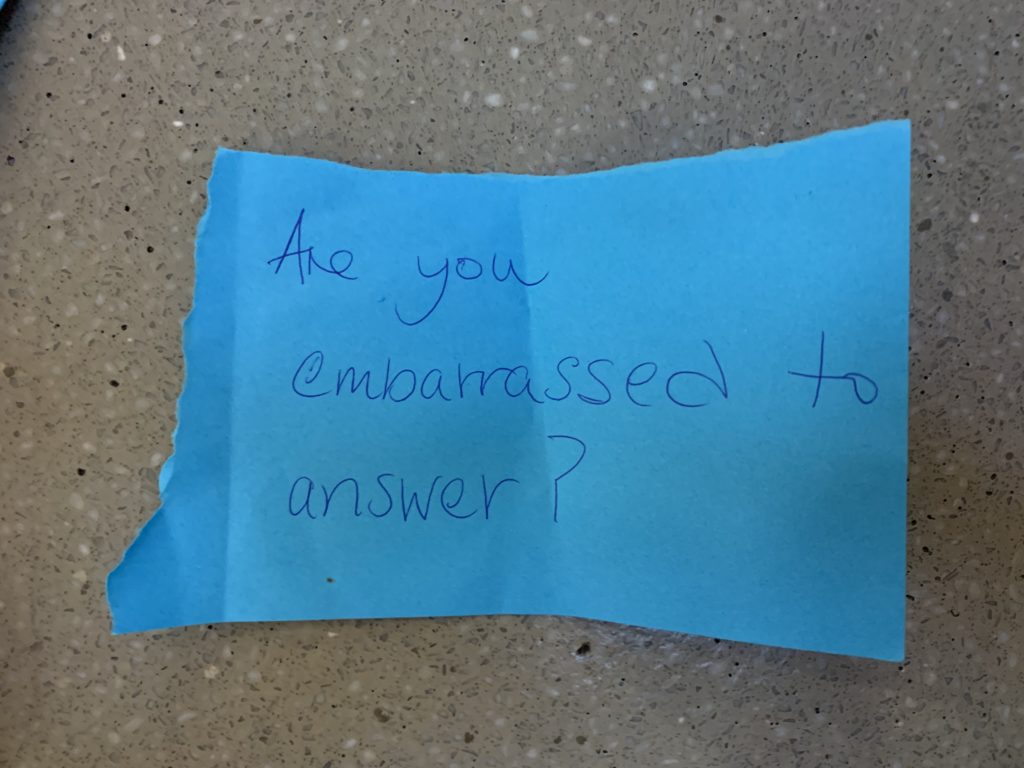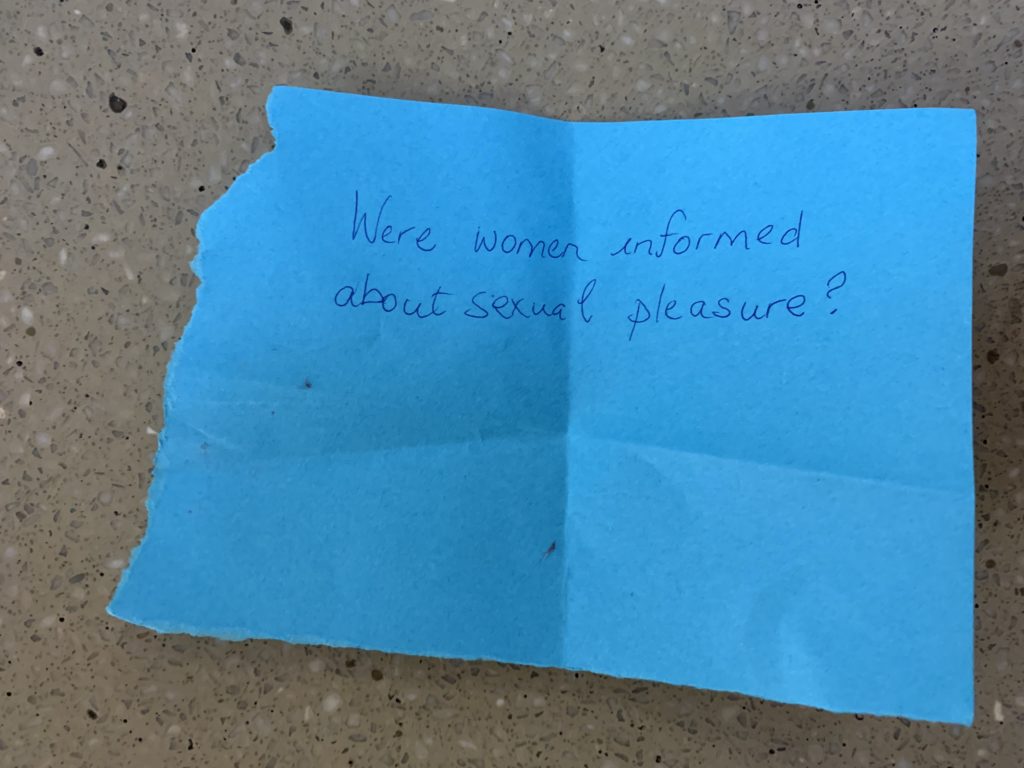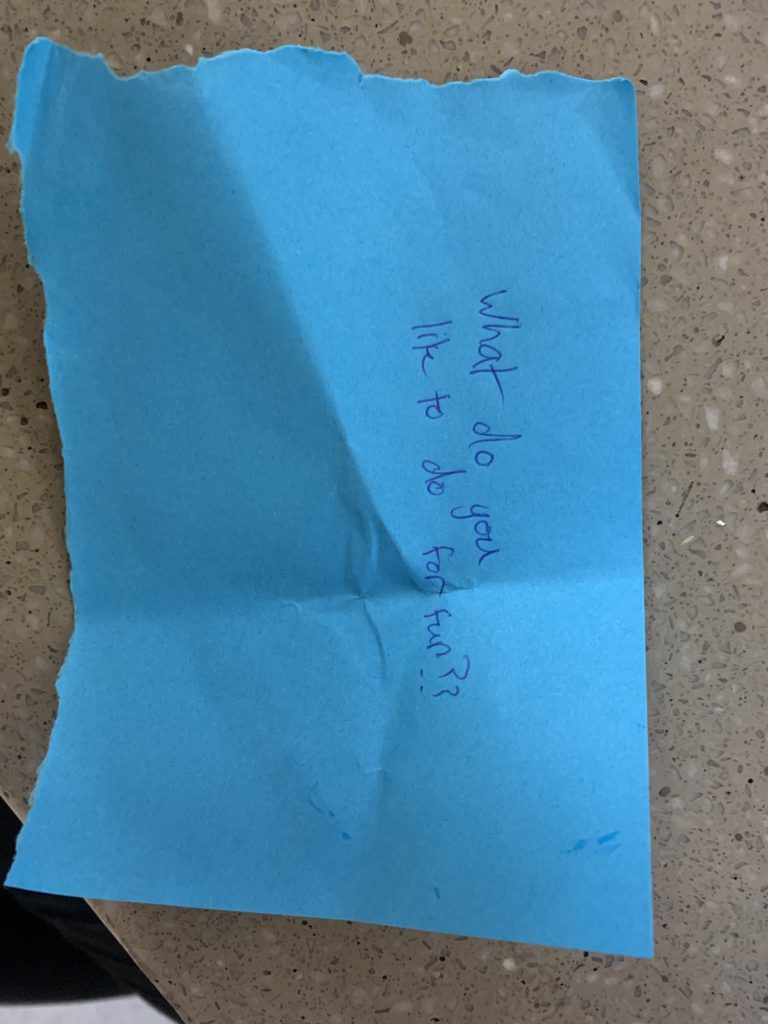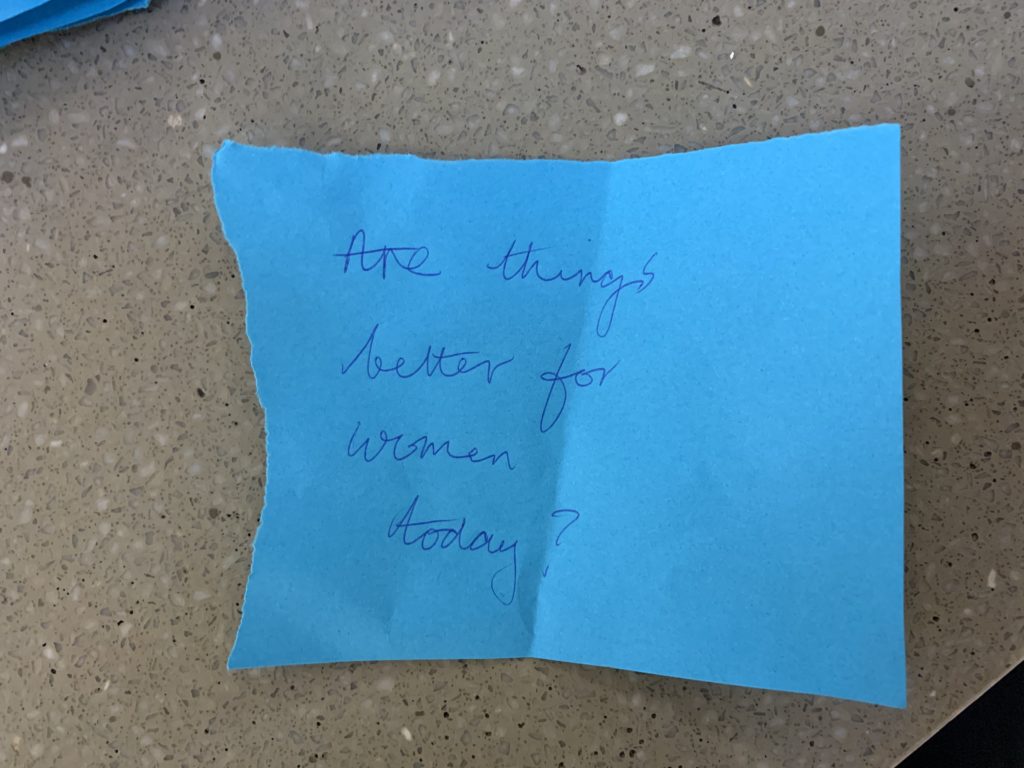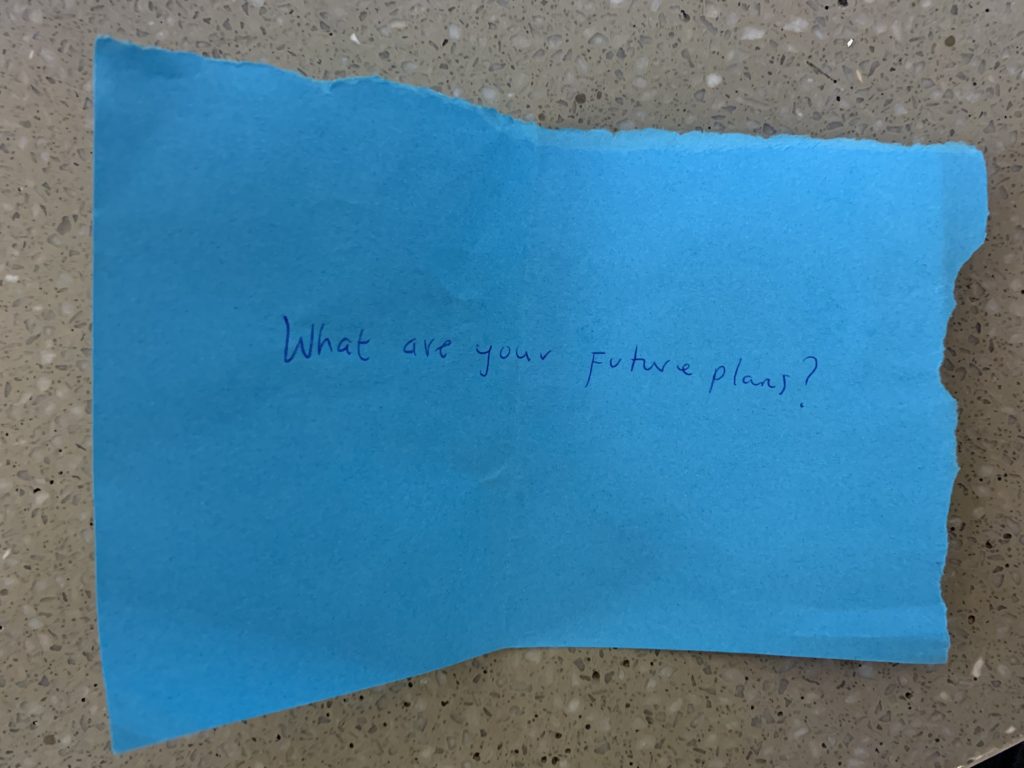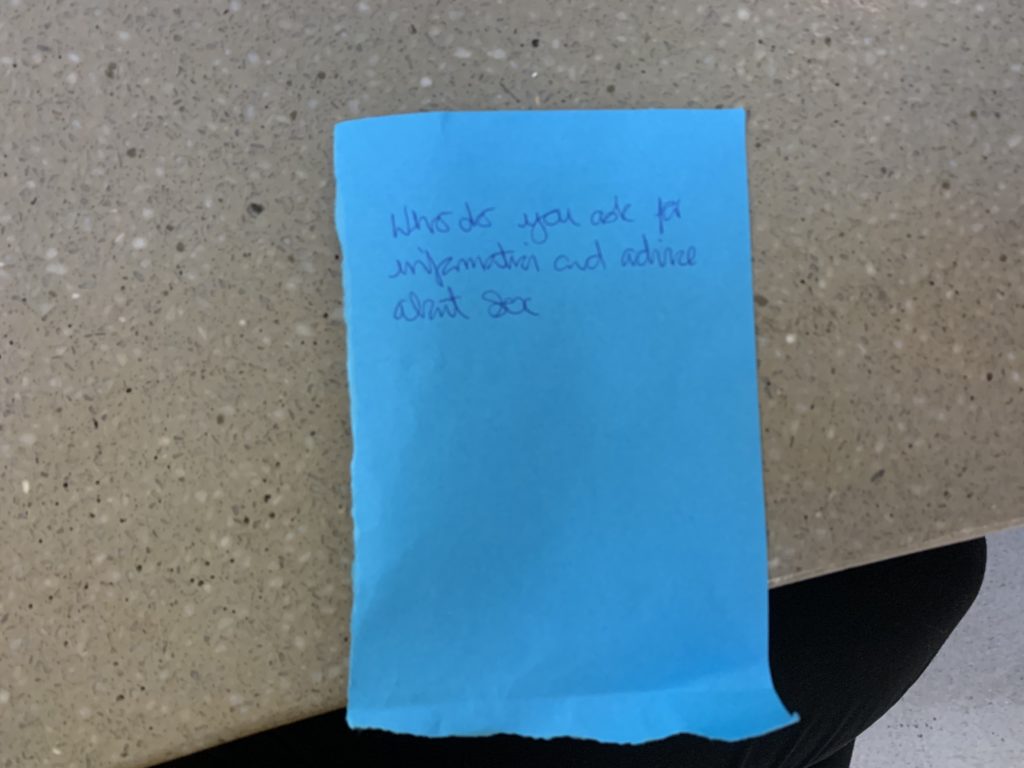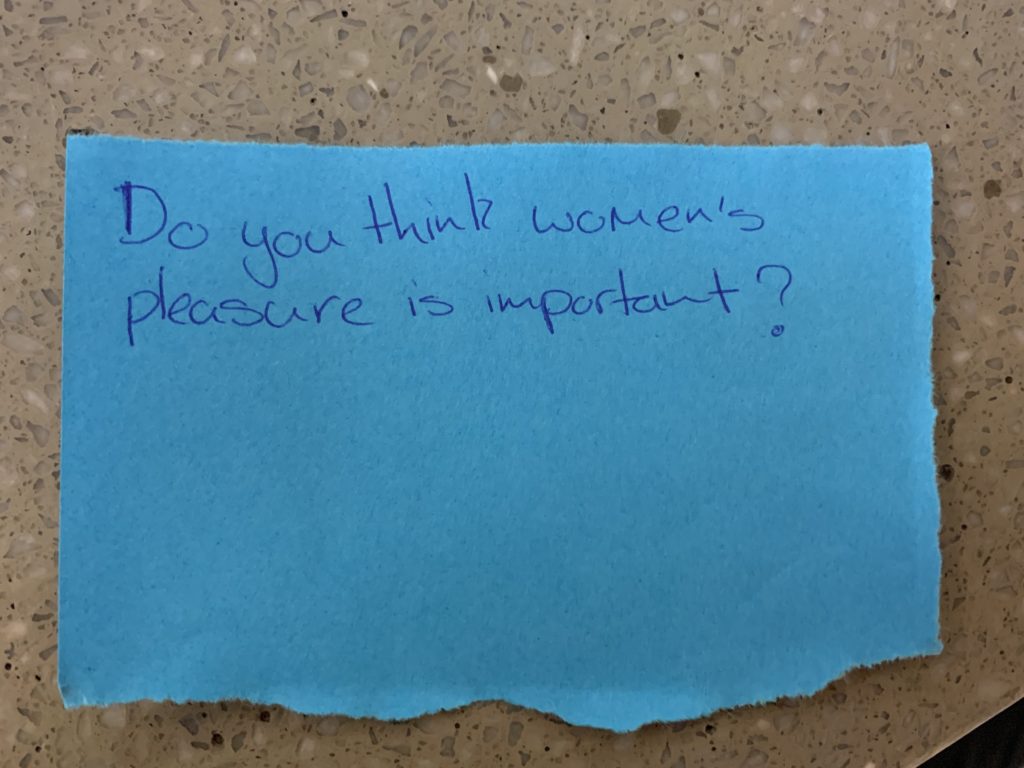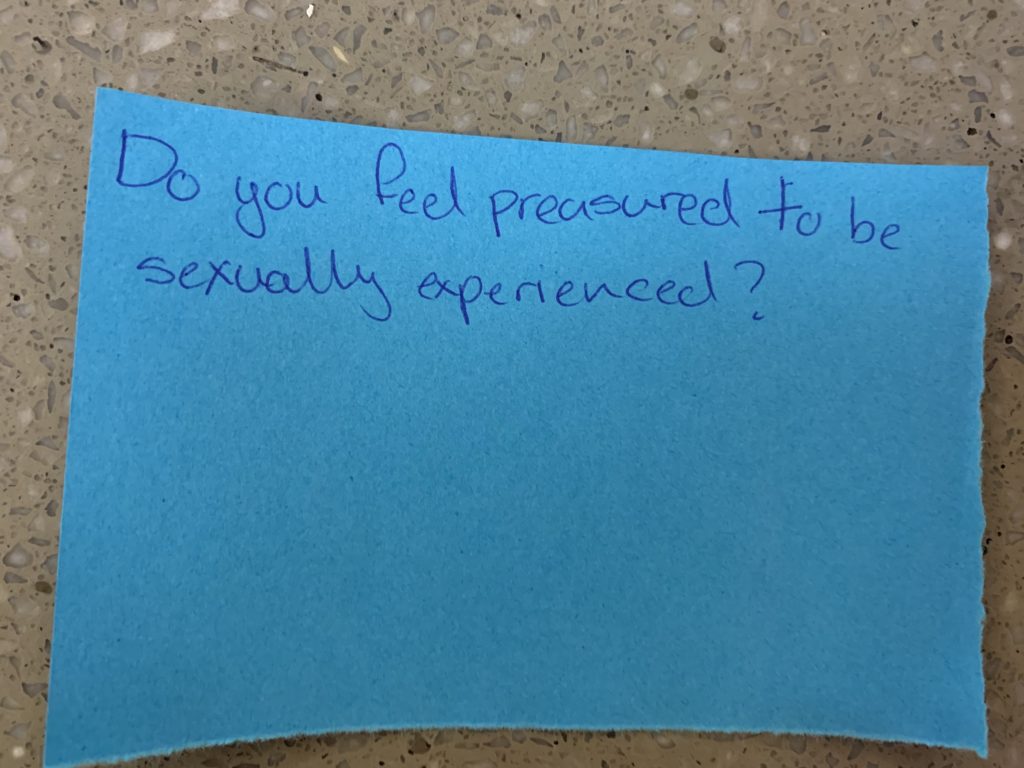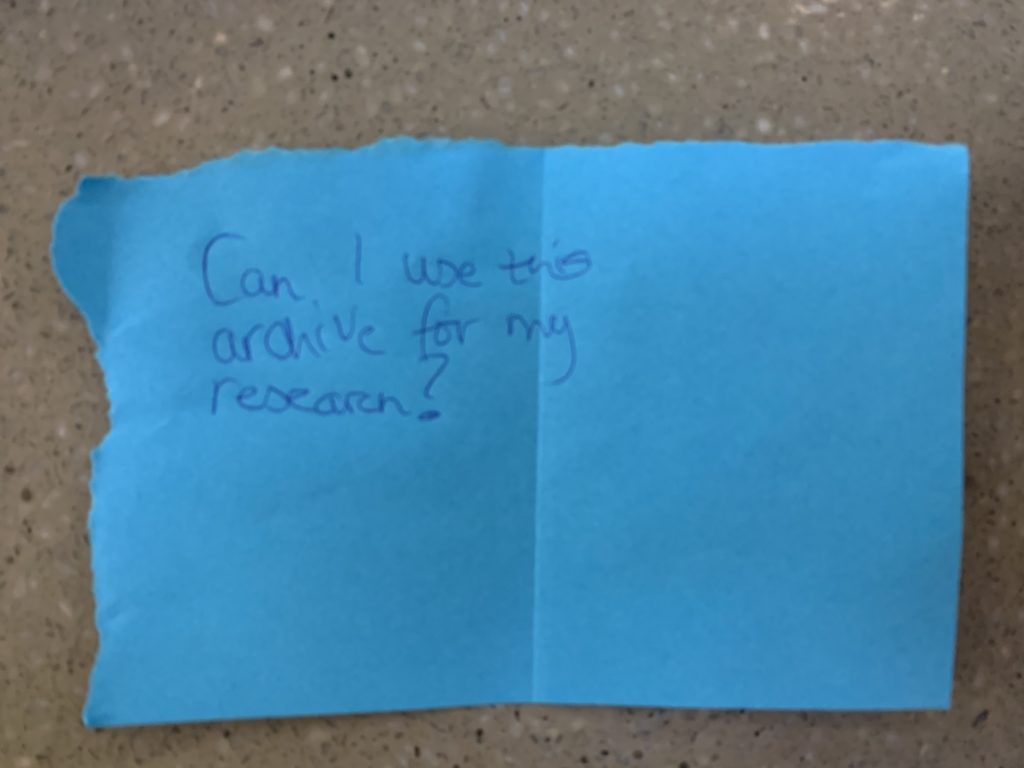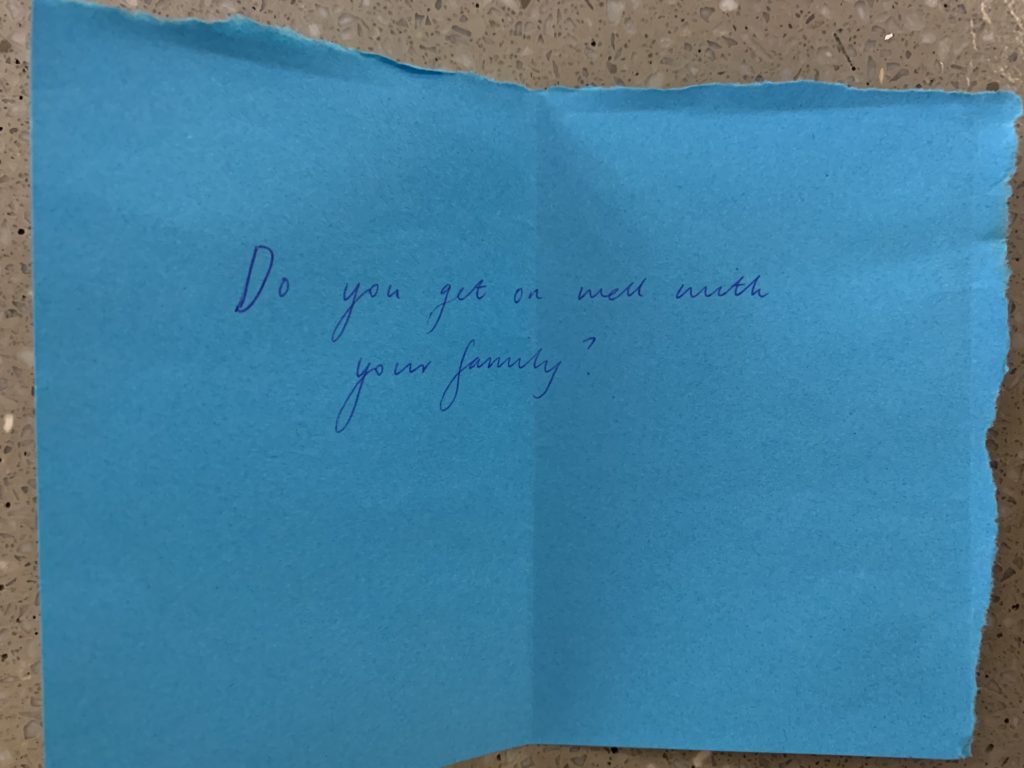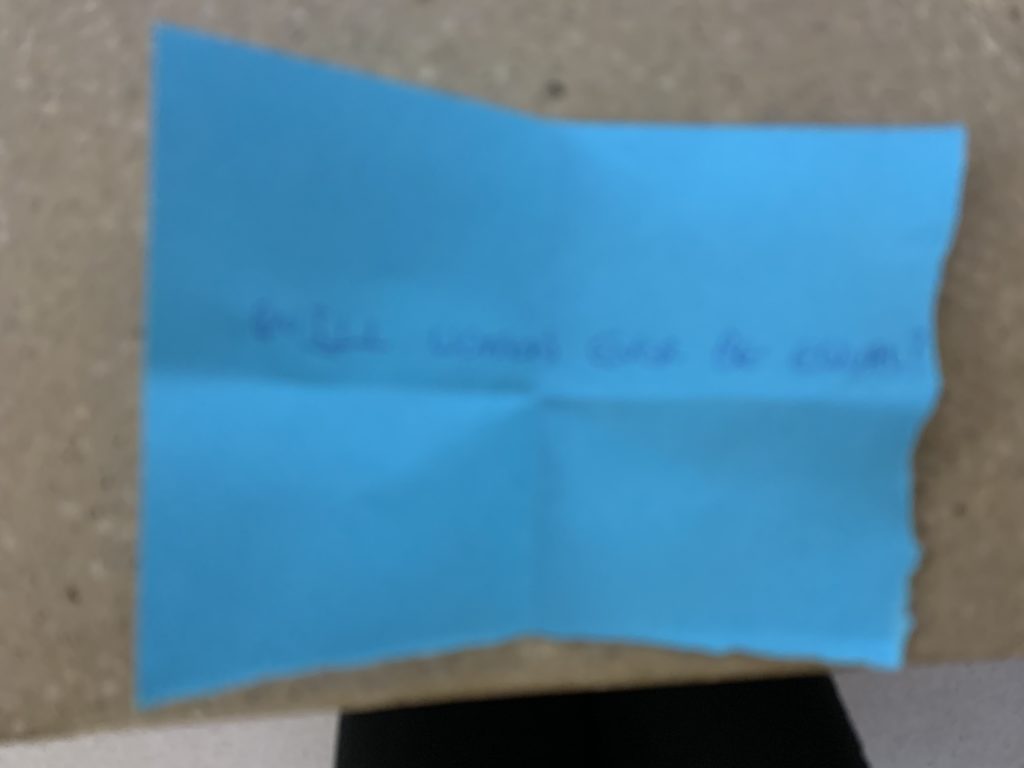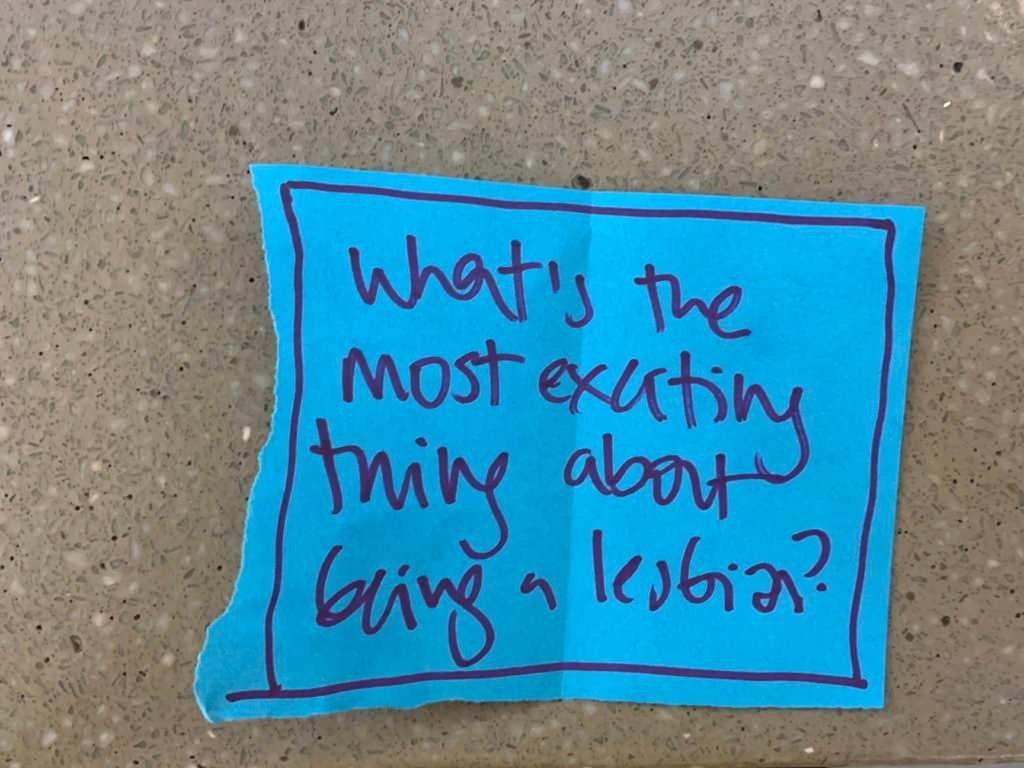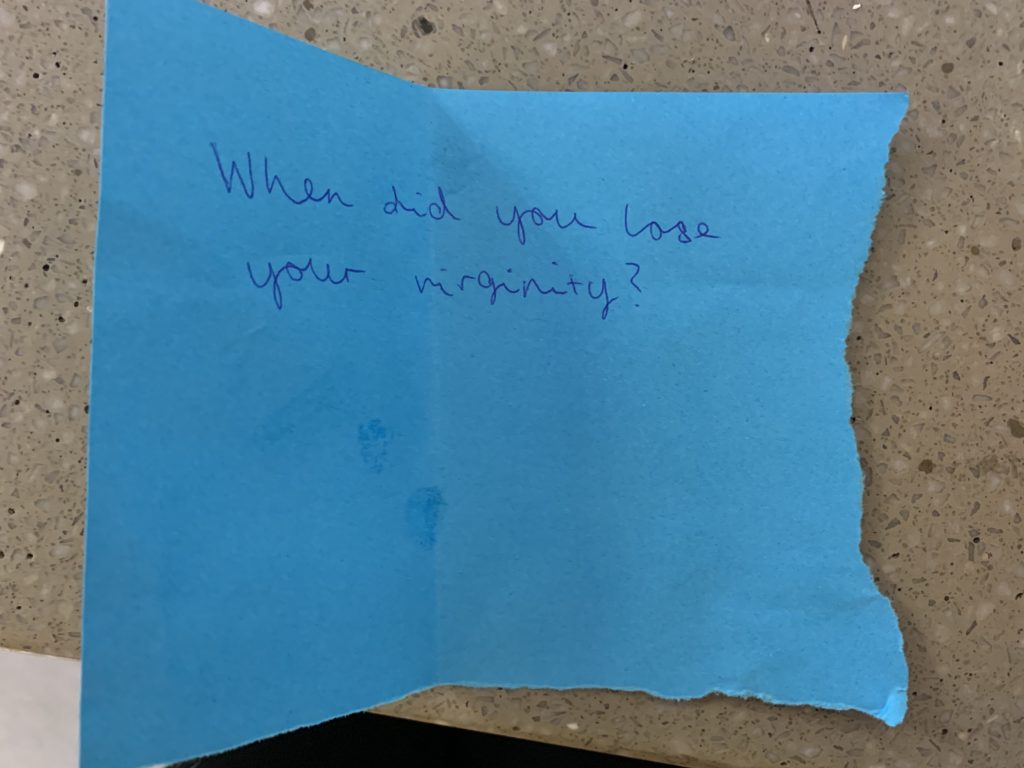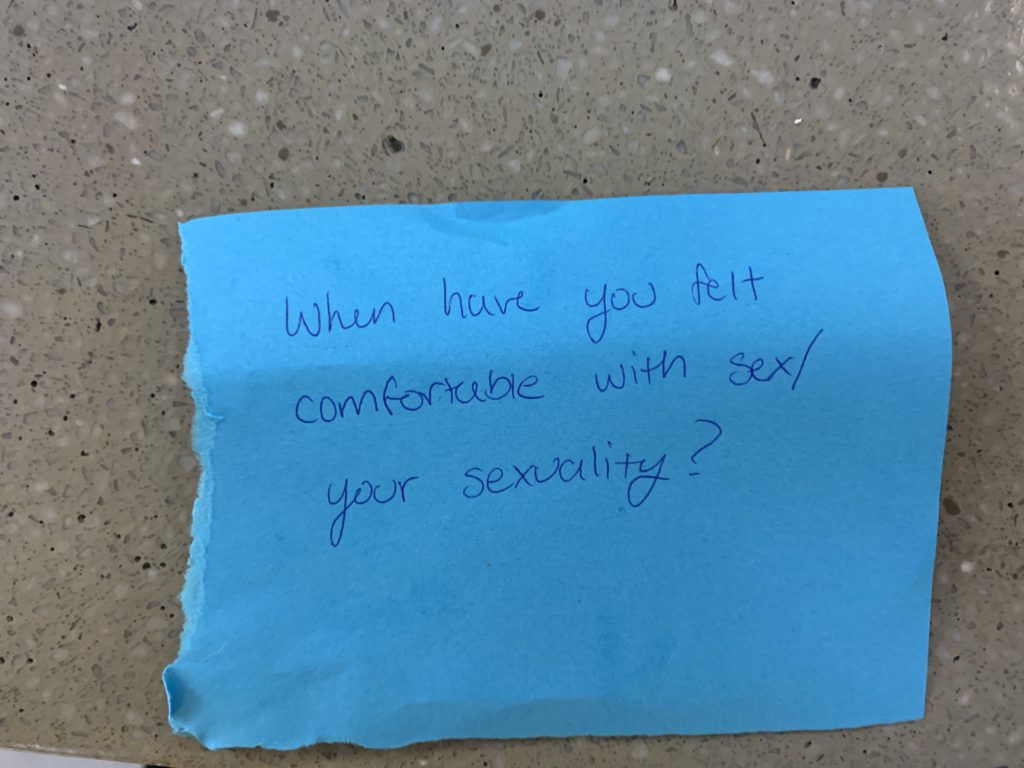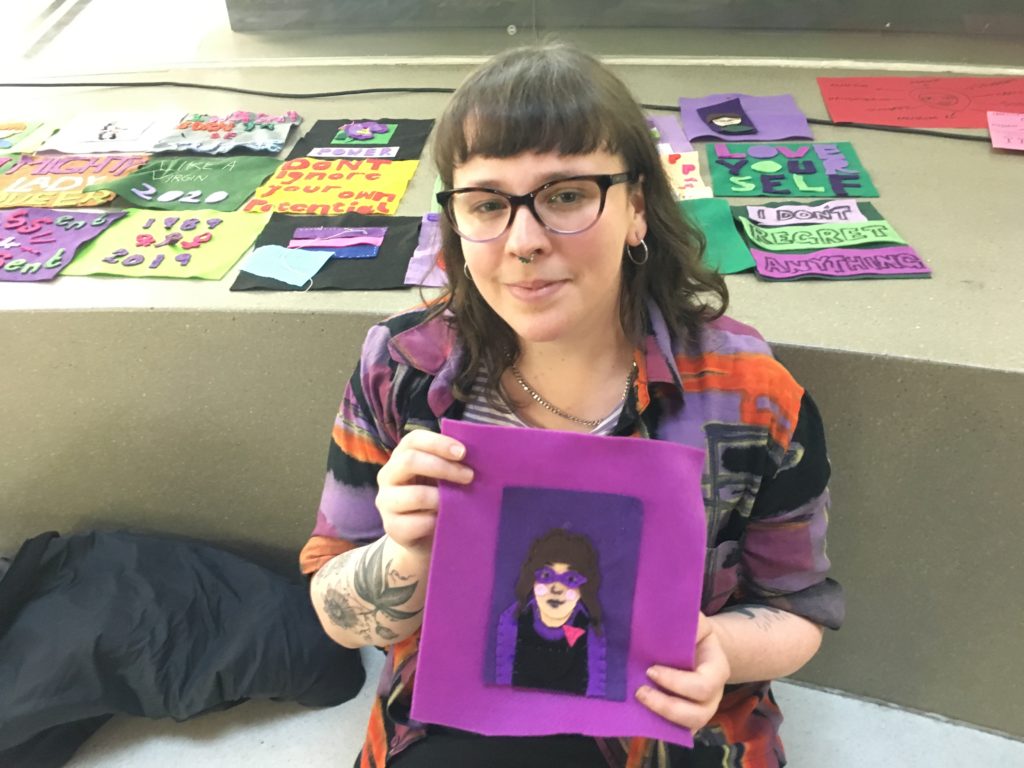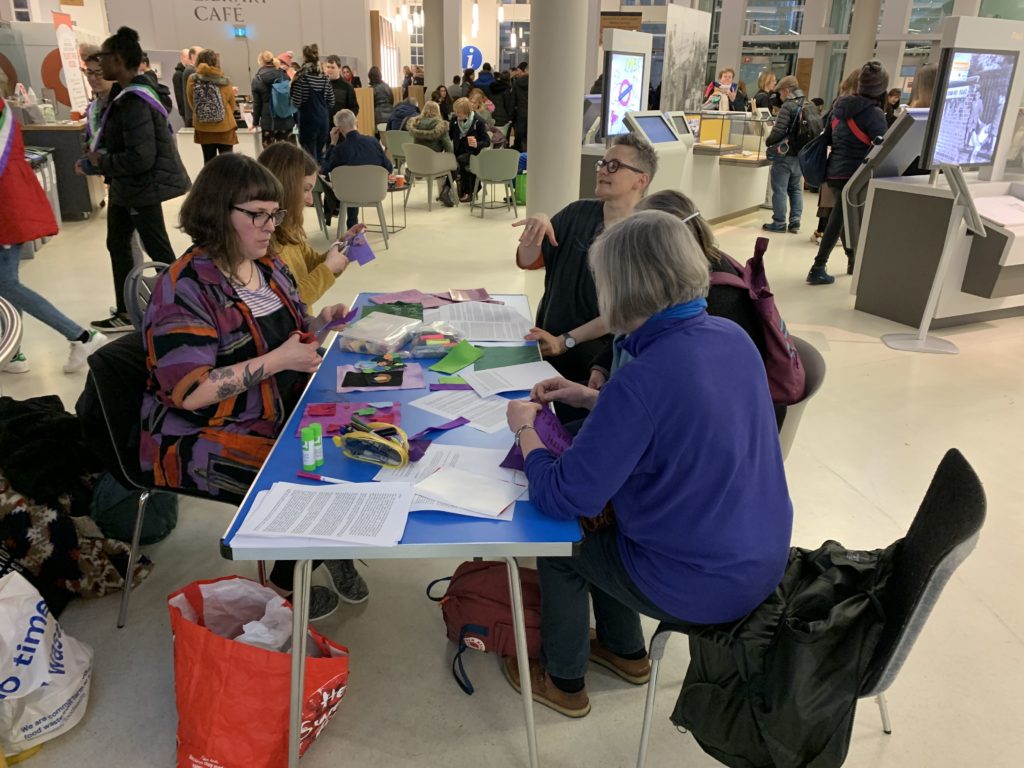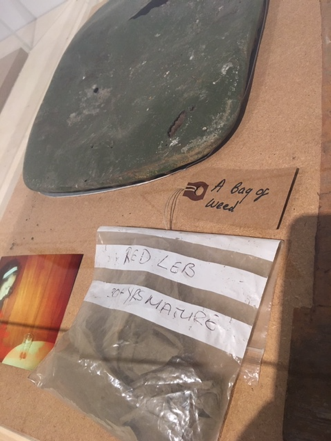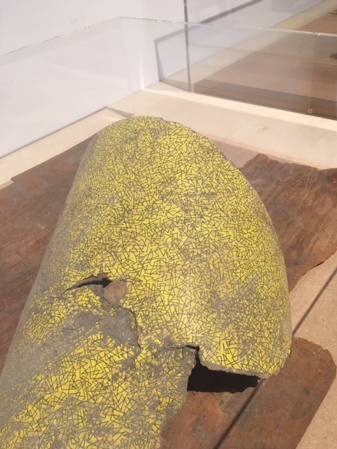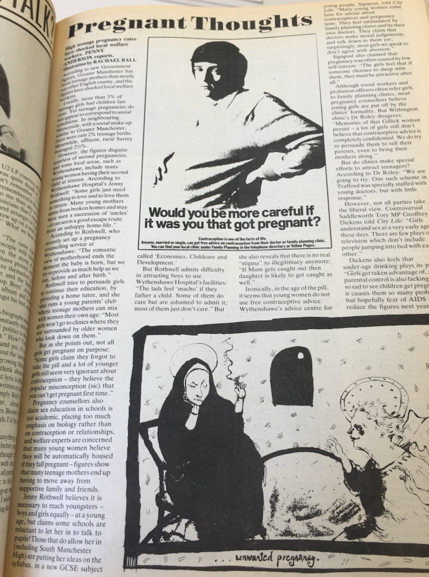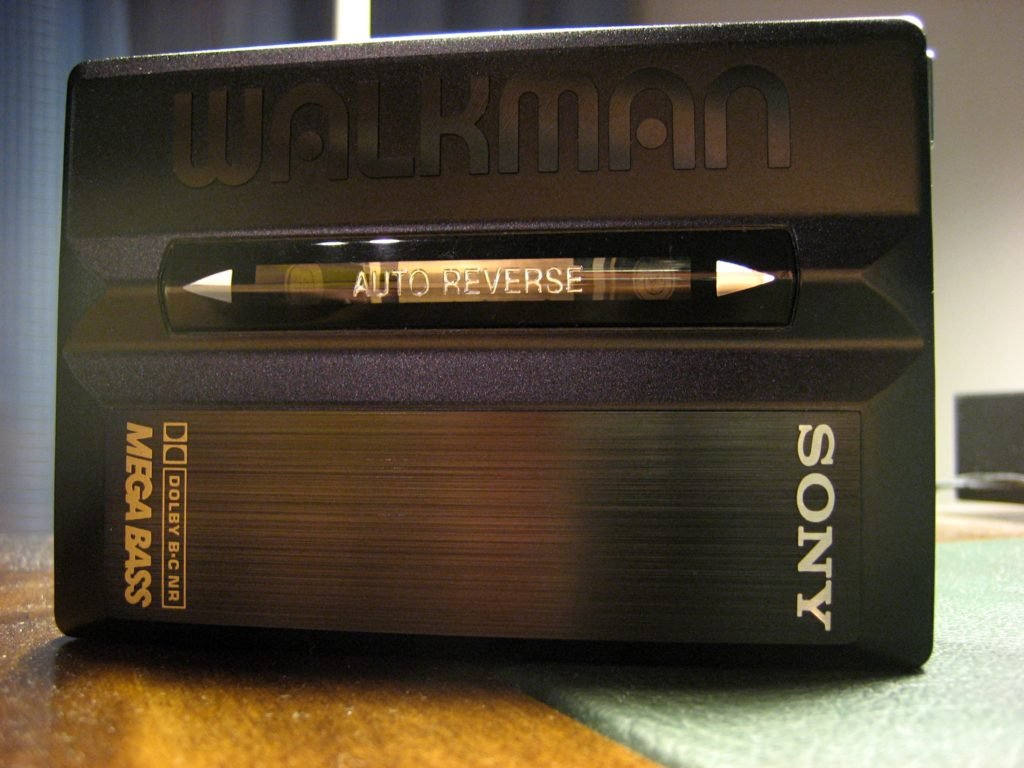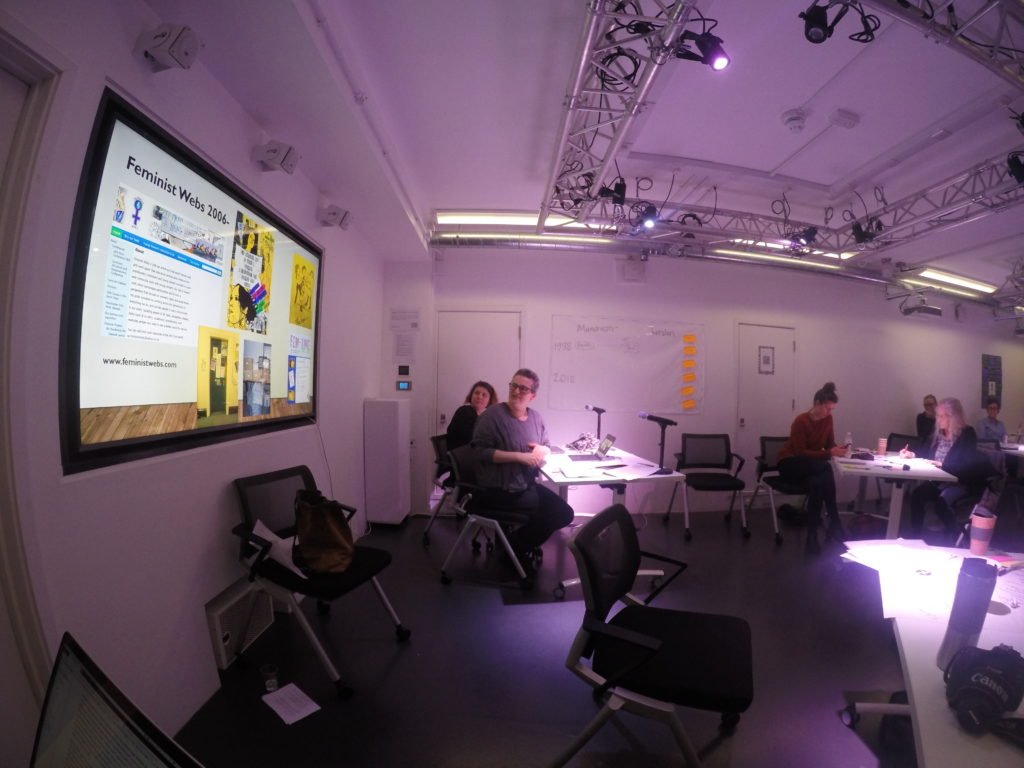Rachel Thomson
One of the joys of this project has been to learn new skills. Having been trained as a sociologist I have a particular set of methodological skills. Sociologists are good at producing data: this might be in the form of conducting and recording interviews, groups discussions, ethnographic field notes, questionnaire returns, creative projects with participants. We co-produce documents/ data. That is our starting point and then we use these documents as our evidence – often drawing strong boundaries around this body of evidence asking hard questions about what it represents, how it can or can’t be generalised as well as distinguishing this primary source of evidence from other secondary sources.
This is part of a wider story about the evolution of the social sciences, the emergence of the ‘sample’ as a device for generalisation that has been written about in interesting if controversial ways by Mike Savage (Identities & Social Change OUP 2010) and Peter Burke (Sociology & History, Routledge, 1980). But it is not the only story of sociology, as argued by Niamh Moore, Andrea Salter, Liz Stanley and Maria Tamboukou in The Archive Project (Routledge 2017) – who trace an alternative sociological tradition that takes in life histories, oral history, genealogy and community archiving.
As a sociologist I have been responsible for making (or contributing) to a number of important data sets which have in turn been archived both at the UK data archive and in digital formats that make them available online: this includes the WRAP data set that is the focus of this project, but also the 15 year longitudinal Inventing Adulthoods data set that operated as a demonstrator project for the social science archiving and the Everyday Childhoods project literally ‘started with the archive’, inviting participants to make a public archive with researchers to be deposited within the Mass Observation Archive. But what I have never done before is work with an existing paper archive.
The rationale for the Reanimating Data project included a commitment to recontextualise the WRAP data set, in particular the 70 odd interviews generated in Manchester during 1988-9, conducted by myself and Sue Scott. One route back to this time was the field notes written by the researchers, the time sensitive references in the interviews (for example mentions of Gillick, the Rosie Barnes campaign to get rid of topless images of women on ‘page 3’ of tabloids and a health scare around the IUD ‘Dalkon Shield’). Elsewhere on this blog I have written about the strange wormholes of memory that I found myself falling through when working with the original research documents, needing to place them into diachronic order as a starting point for triangulating my narrative memories with archival traces. I found myself needing supervision and guidance from a historian, how could I begin the process of connecting the WRAP archive with other sources that helped me escape the confines of my own biography and memory. Claire Langhamer, a critical friend of the project, suggested that I start with the local press, the Manchester Evening News and the weekly cultural round-up ‘City Life’.
Claire and I were interested in the relationship between sociology and history. I had invited her to be involved as a critical friend because of her doctoral work exploring women’s postwar leisure in the greater Manchester area, imagining her oral history interviews as capturing some of the intergenerational back-story of the lives of the WRAP young women (Langhamer, Claire (1999) Manchester women and their leisure: changing experiences from youth to married adulthood, 1920-1960. Manchester Region History Review, XIII. pp. 32-42). But my approach to the archive was highly boundaried. I wanted to focus on the time period covered by the original fieldwork, to gain a sense of synchronicity – what was happening at the same time, possibly on the same day as an interview. This gave me boundaries (Claire said I was lucky to have this focus) as well as allowing me to take an inclusive approach – hoovering up depth and detail to contextualise the ‘moment’ of the original research.
I spent several days in Manchester’s central reference library pouring over the bound volumes of City Life for 1988 and 1989. My narrow focus on the two years meant that I did not need to ‘sample’ the volumes – for example focusing in one edition for each month – rather I immersed myself in the whole collection, flicking through as one does with magazines – reading some articles, making copies of things that caught my eye, noticing connections and disconnects between the Manchester portrayed the magazine and the Manchester emerging from the interviews. My key ‘method’ in the archive was using my camera as an aide memoire, capturing snapshots to be made sense of later. Over the course of two visits I snapped 200 images, which I then catalogued and made into my own personal archive. What I collected was heterogeneous, but the guiding logic was material that expressed something of the sexual culture and politics of the city at that moment. This included:
- small ads (I was interested for example in the new 0898 telephone lines being advertised for advice as well as sexual services),
- personals (noticing how do people describe themselves and what are they looking for),
- news stories (capturing activism around sexual violence, the closure of family planning clinics, activism around section 28, and the privatisation of public assets including worries about corruption),
- event listings (a lively women-only feminist scene, concern with censorship, the eruption of house music, the arrival of ecstasy and the flourishing of a new service sector fuelled by cultural entrepreneurship),
- reviews of books and films (the complicated politics of pleasure) and
- opinion columns (the enduring nature of sexism and the reinvention of northern masculinities).
One of the most interesting sources were the cartoons that condensed and expressed this zeitgeist, speaking clearly to the middle class hip audience that made the magazine’s readership and which resonated with my identity thirty years ago as a 23 year old graduate student and researcher. A series of cartoons by illustrator Martin Ridgewell were particularly generative, two of which are reproduced (badly) below. The first features a conversation between a young couple on a bus, talking about an old woman – amazed that the new language of body fluids and safer sexual practices would be foreign to her. For me this image captures the sense of change that was characteristic of the moment and the way that speaking explicitly about sex (as demanded by an activist public health response to HIV/AIDS ) became a marker of generational change that consolidated a range of assumptions about social class, religion and gender politics. The past (as embodied in the older working class northern woman concerned with respectability, speaking in euphemisms and shaped by demands of industrial capitalism) is pushed away as embarrassing and irrelevant. In doing so many assumptions are made about her and the past which are no doubt unfounded. Yet we hear echoes of this narrative in the interviews as young women distance themselves from the expectations and values of their mothers, recognising that as a generation they will need to forge lives of a very different kind. See for example Stacey (MAG12).

In the second cartoon we see a new mother – struggling to translate her progressive political commitments into a form of parenting, yet doing so alone at home suggesting that although ideas and identities may have changed continuities continue at the level of practice and the participation of men.[

It took me a while to understand the acronym CPBF, but looking at the listings helped me work out that The Campaign For Broadcasting Freedom was very active at this time holding regular meetings and conferences. In fact the whole question of censorship was a big deal to those who saw themselves as progressive. The Chief of Police in Greater Manchester (born again Christian James Anderton) had become infamous for his enthusiasm for eradicating pornography (including raiding an alternative record store and confiscating the 1984 album by the band Flux of Pink Indians ‘The Fucking Cunts Treat Us like Pricks). Section 28 of the local government bill which banned the promotion of homosexuality as a ‘pretended family relationships’ was also a focus for activism and understood in terms of censorship. In his book on Good As You: 30 Years of Gay Britain, Mancunian journalist Paul Flynn comments; ‘It wasn’t just gay sex he [Anderton] disliked so much. He had built up a habit of police procedures that included raiding local sex shops, gay and straight, and swooping into newsagents to divest them of top-shelf materials.’ (2017: 77)
The vocabulary of the cartoon is also vintage late 1980s with the term ‘discourse’ capturing the turn to language that swept up academics and activists, focusing attention on the way in which it was and was not possible to talk about sex. Understanding heterosexuality as a language that privileges masculinity was at the heart of the feminist politics of the late 1980s and early 1990s (Judith Butler’s Gender Trouble was published in 1990). We can hear something of this language in the interviews and the frustrations expressed by a group of self-consciously feminist young women, committed to social change but struggling to negotiate this within intimate relationships. Coming up against the problem of desire that continues to be calibrated to unreformed versions of masculinity [see for example Donna (NMC06), Hannah (ABC09), Simone (NMC12), Rebecca (THW50), Amanda (MAG19).
Moving between the interview collection and the City Life archive has been valuable in many ways. It helped me pin down a chronology around important events. It also helped me think about the cultural currents of the city, the relationships between students and locals, the city centre, the neighbourhoods and the surrounding towns – what it might mean to go to different nightclubs, to travel, to be political. I also gained immediate access to the technological landscape of the times. The small ads gave me a visceral sense of face to face meeting, lots of clubbing, dangerous walks home, DIY publishing, landlines, walkmen and phone sex. It was a version of the city that made sense to me – I had been a reader of the magazine in 1988-9.
Another archive would tell a very different story of the city and may well connect with the interviews in distinctive ways. For example we have also worked with the Feminist Webs archive which is held at the People’s History Museum and which consists of the pooled personal collections of feminist youth workers working in the northwest over this thirty year period and more. The collection is full of newsletters, posters and educational materials that would have been used by and with young women attending youth clubs in the city. Arguably these sources tell us more about the youth workers than the young people, in much the same way that City Life tells you more about me as the interviewer rather than the young women I was interviewing. Perhaps this is inevitable in that young women despite all being in Manchester in 1988-9, willing to be interviewed and aged 16-21, the WRAP interviewees are a wonderfully diverse group. And while they are shaped by place, that place is also incredibly heterogeneous, with the intersections of locality, religion/ ethnicity, social class and industry giving rise to micro cultures, which combined with family dynamics and personal agency presents through diverse biographical situations and projects. Understanding more about the cultural landscapes of the time is vital, but we also need to understand how and why particular cultural resources become important.
The cultural resources that were important to the young interviewees are not always the resources we might expect. In the interviews we hear about Jackie Collins novels rather than Just 17 and local pubs rather than city centre night clubs. Yet as Elizabeth Lovegrove shows us in her blog, there are ways of moving between cultural archives (such as magazines) and interviews that do not rely on direct relationships – but instead connects how it was (or wasn’t) possible to put sex into words (and images), defining certain kinds of problem and answers as featured in the popular problem pages of the magazines.

So what is the relationship between ‘our archive’ – the Women, Risk & Aids project collection and these ‘other archives’ that can be linked to, providing context. In an age of digital data it becomes possible to draw a range of digital sources together – presenting them as part of a time-line or a map. If the items are digitised we may be able to show and share them as part of our archive – but only if they are licensed in such a way that allows this. The WRAP materials are made available under a creative commons, educational, non-profit license which means they can be shared freely. The City Life archive is not digitised and in making copies of material I agreed to do so for personal use only. I have reproduced the cartoons above having had personal correspondence with Martin Ridgewell, who ironically does not have copies of the cartoons himself any more and asked me to send him my photographs. The image from an 1989 edition of Cosmopolitan above is unauthorised and I may be asked to take it down. It is my own copy, but I do not have rights to reproduce it. I have included it here for educational purposes because it tells us a great deal: here we see the naming of a ‘problem’ in a new way, the relationships between a teacher and a pupil, something eventually criminalised by the 2003 Sexual Offences Act which codified such a relationship a breach of trust. We also see the 0898 number again – here as a monetised route to advice. British Telecom had been privatised in 1984 and by 1990 the problem of ‘0898’ numbers was being raised in parliament in relation to the circulation of ‘obscene material’ and fraudulent use of communications. Technology and intellectual property governance has a history, but it also shapes how we are able to show and tell our histories.


